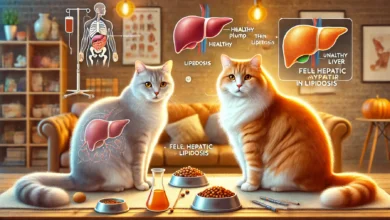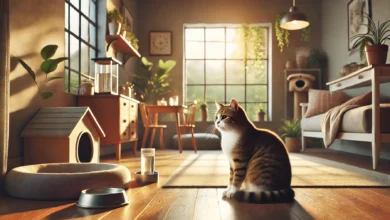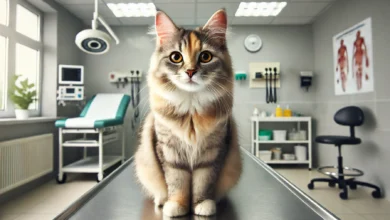Managing High-Rise Syndrome Risks for Urban Cats
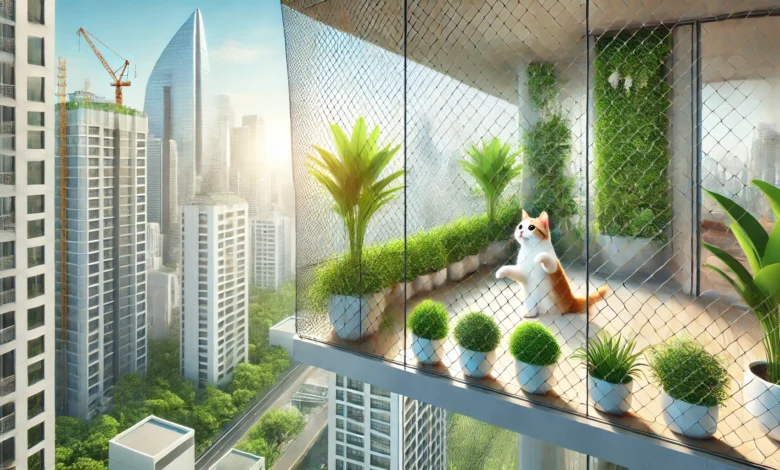
Agility and the natural instinct to land on their feet are synonymous with cats.
Living in cities, however, presents unique perils that sometimes even these remarkable instincts of a cat just cannot overcome.
One of the most worrisome risks facing cats living in cities is known as High-Rise Syndrome.
This syndrome occurs when cats fall from heights, mostly from open windows and balconies of high-rise buildings.
If fallen, the result can be critical, causing serious injury to cats even though they may be described as having a highly developed righting reflex when falling.
All this means that it is to your benefit, as a responsible cat owner, to become aware of the dangers of High-Rise Syndrome and how you can prevent them.
Be it an apartment or a high-rise building, the safety measures for keeping your cat safe from unwanted falls are an important task in taking care of your urban feline friend.
Let’s get into more detail as to what exactly High-Rise Syndrome is, and see how you can help your dear pet avoid it.
Table of Contents
Understanding High-Rise Syndrome in Cats
High-Rise Syndrome describes the range of injuries sustained by cats after falling from a height of two stories or more.
Curiously, cats tend to survive falls from higher stories better than they do from lower ones, but that doesn’t mean they’re immune to serious injuries.
This condition is most common in urban areas due to the presence of taller buildings and the increased tendency of cats living in high-rise apartments with open windows or balconies.
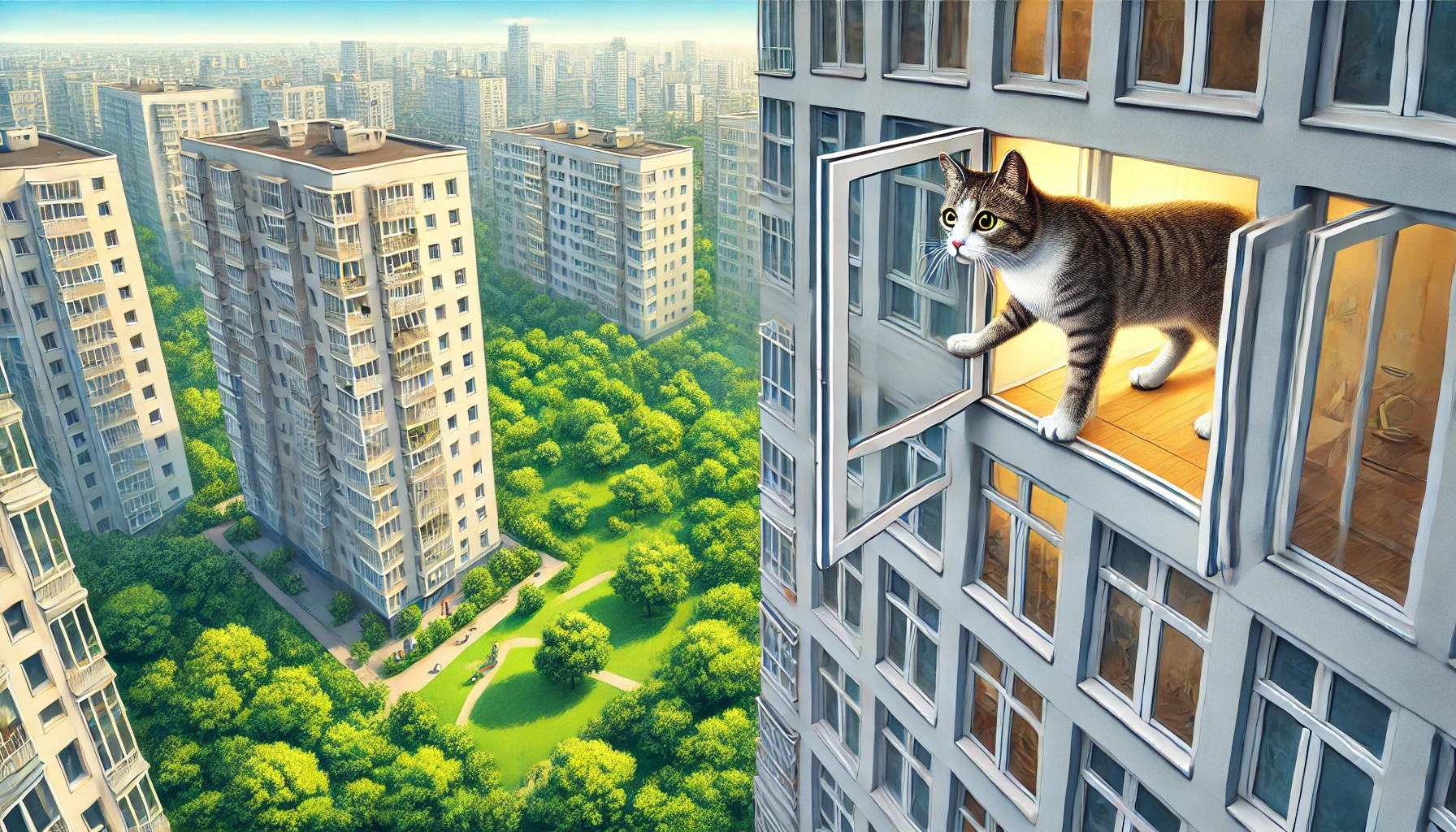
What is High-Rise Syndrome?
High-Rise Syndrome defines the kind of injury cats face when they fall from a height, usually higher than two or three stories.
Cats can fall due to a variety of reasons, from chasing a bird, losing balance on a window ledge, or simply slipping while exploring.
While cats are known for their acrobatic abilities, they are not invincible.
High-Rise Syndrome often results in such injuries as fractured bones, internal bleeding, or, if severe, death.

Why City Cats Are More Vulnerable
Due to the nature of urban cats living in high-rise buildings, this syndrome is most likely to occur.
Cats are innately curious animals that like to observe their surroundings.
This curiosity poses a potential threat in an urban setting, especially when windows or balconies are not well-secured.
With the increase in exposure to high, unsecured places, the chances of falls are greatly increased, leading to more cases of High-Rise Syndrome.
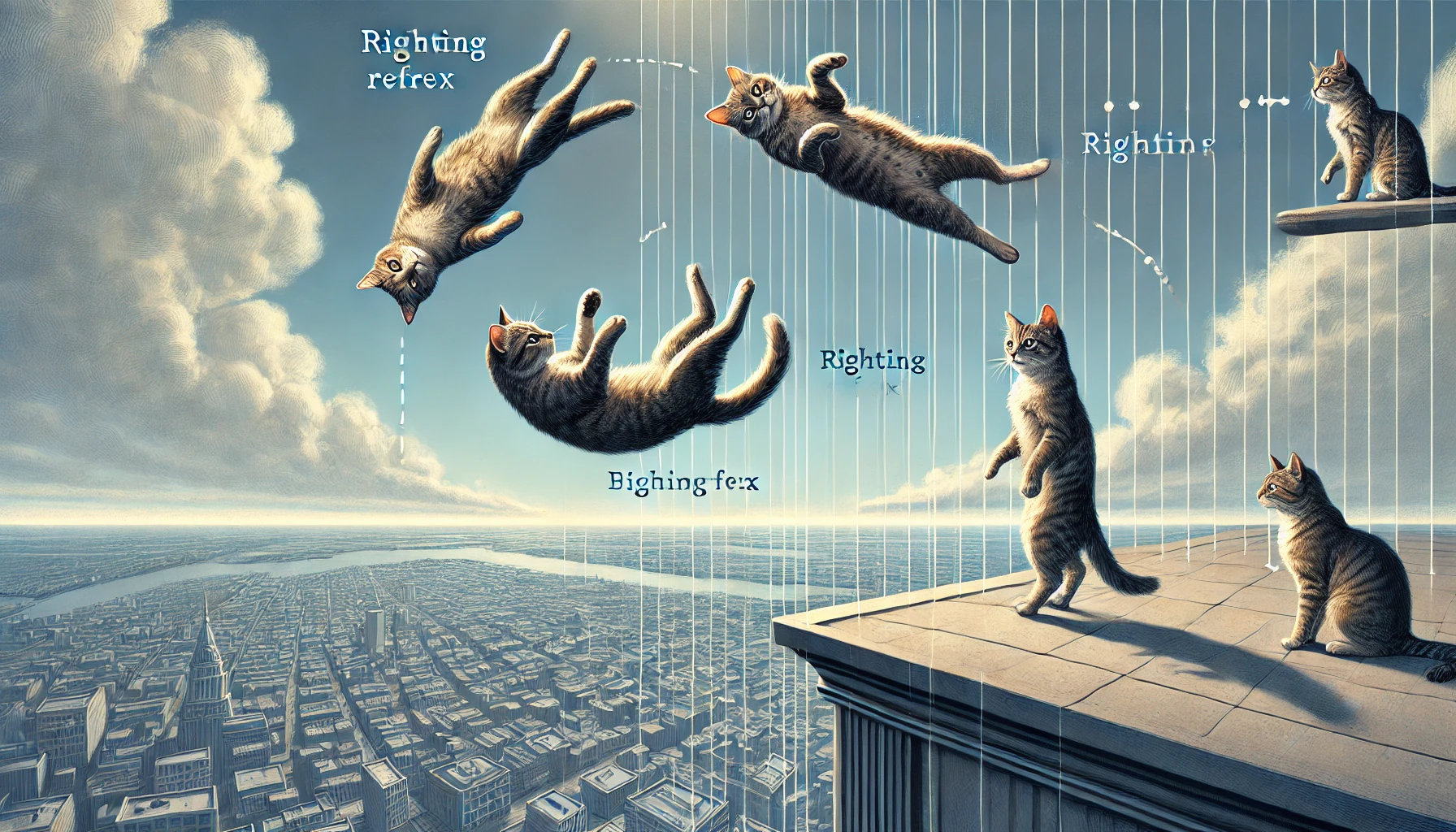
The Physics of Falling Cats
Cats have the incredible talent of twisting their bodies in mid-air, allowing them to land on their feet.
Scientifically, this is known as the ‘righting reflex.’ However, when cats fall from astounding heights, the impact upon landing may still have grave effects.
Ironically, cats that fall from greater heights sometimes experience better outcomes because they have ample time to position themselves correctly.
But even with this capability, the force of the fall often causes fractures, internal damage, or worse, which are all common consequences of High-Rise Syndrome.
High-Rise Syndrome describes the range of injuries sustained by cats after falling from a height of two stories or more. Even though cats have a ‘righting reflex’, their agility cannot fully protect them from the impact of a fall from significant heights.
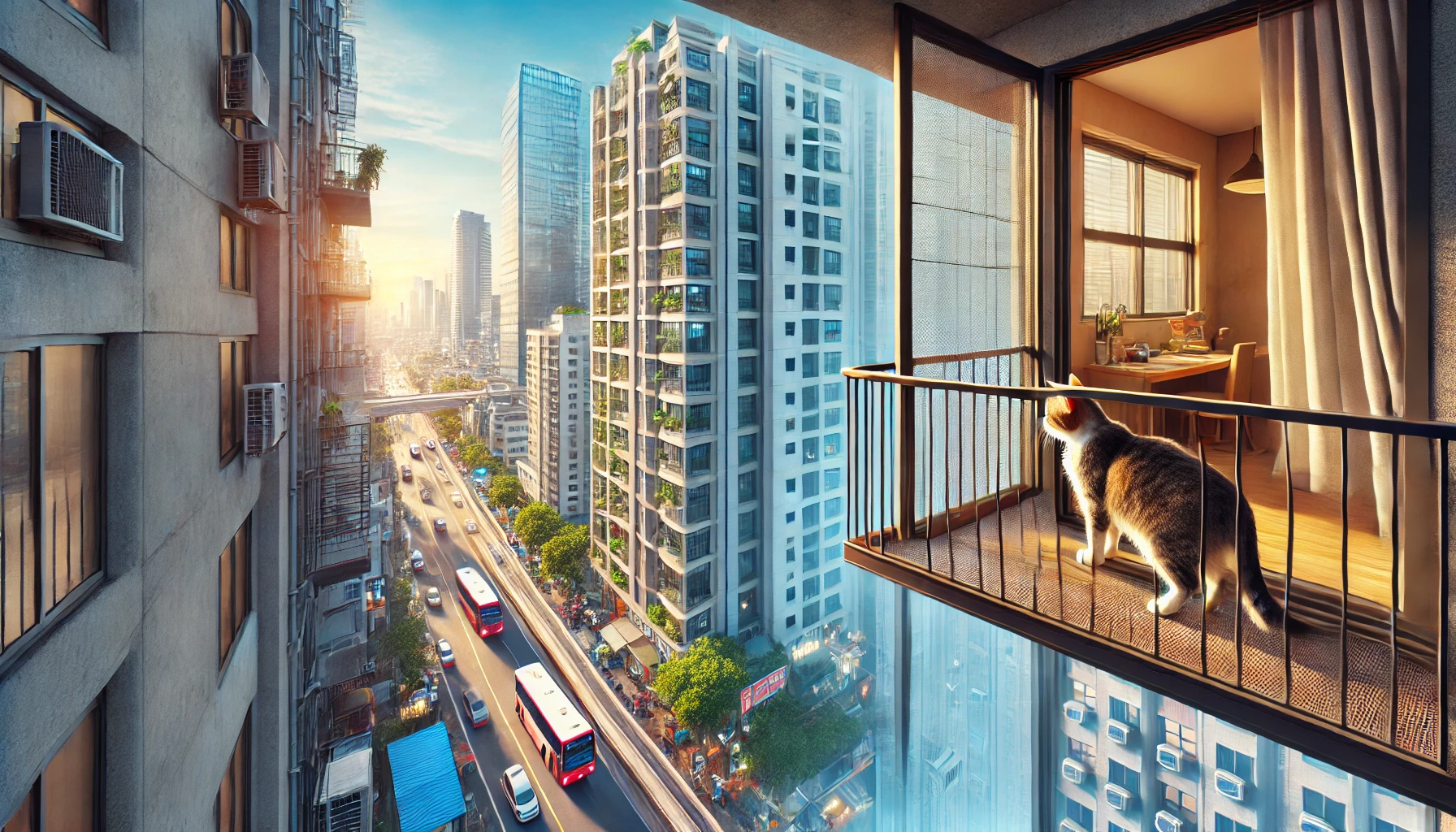
Common Causes of High-Rise Syndrome in Urban Areas
Compared to rural environments, a number of hazards for cats exist in an urban setting, many of which are directly responsible for the incidence of High-Rise Syndrome.
The leading cause, quite obviously, involves falls from heights, which can often be avoided when proper precautions are in place.
Gaining an understanding of the specific causes will better help cat owners take the necessary steps toward protecting their pets.
Below, we will explore some of the most common causes of High-Rise Syndrome in an urban setting.
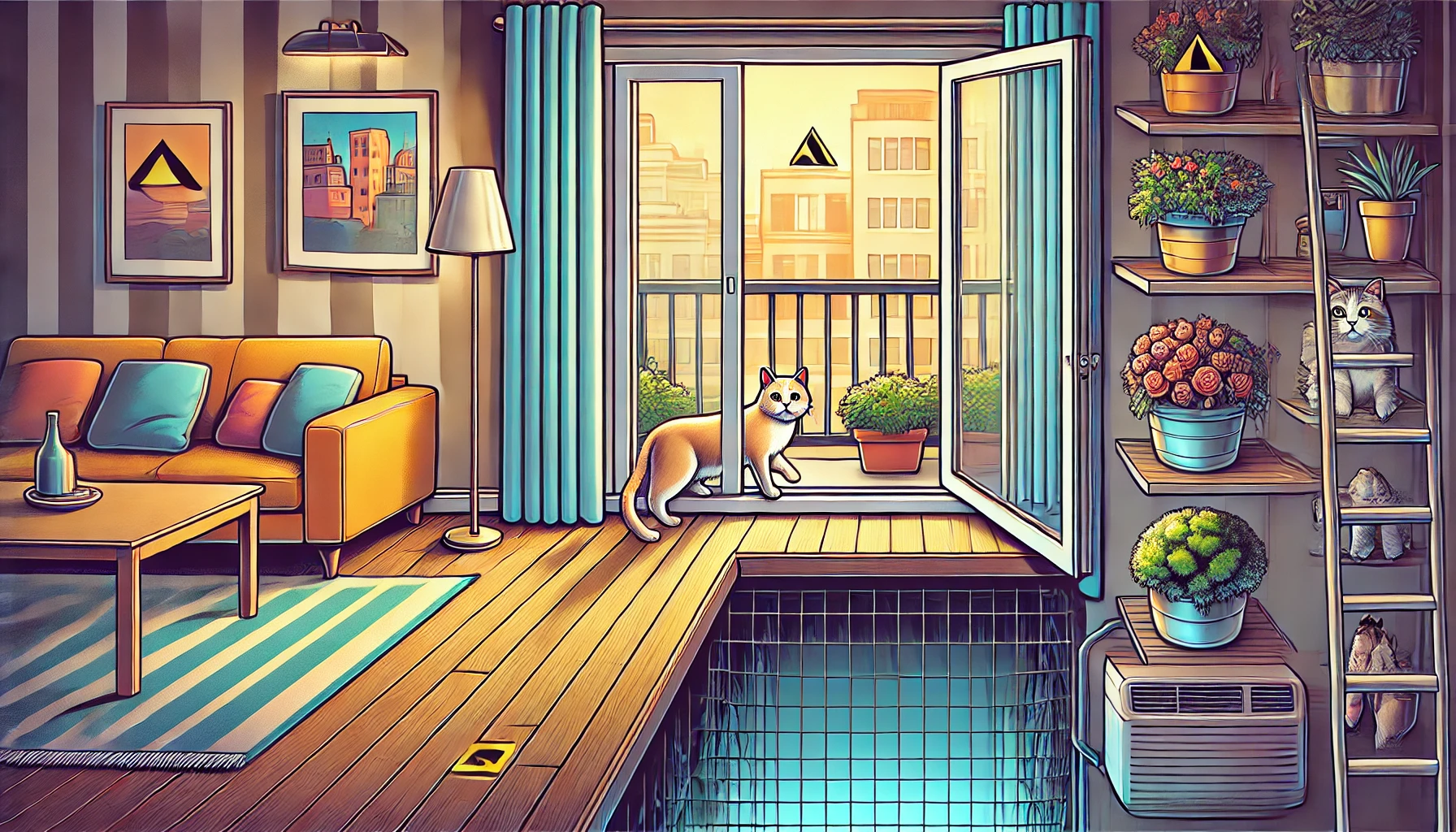
Open Windows and Balconies: Hidden Dangers
The most common source of High-Rise Syndrome in urban areas is open windows and balconies.
Cats, by nature, are curious creatures, and this can offer them an inviting view of the great outdoors.
Many pet owners believe a screen will block their cat from falling, but cats can easily push through weak screens or jump over balcony railings.
This risk escalates during the warmer months of the year when more windows and balconies are open.
Without proper barriers or supervision, a serious fall can occur in an instant.
- Open windows without metal screens
- Balconies without protective netting
- Cats attempting to jump from one surface to another near windows or balconies

Lack of Supervision and Playtime
Many cat owners in the city lead busy lives, which can result in pets being left unattended for several hours.
Cats that do not receive adequate playtime or attention are prone to hazardous behaviors, such as jumping onto high shelves or places that are unsafe.
Their reasons could be boredom or excess energy, driving them to explore risky areas.
While these risks can be minimized by ensuring your cat has plenty of safe toys and interactions, you can never fully prevent their innate curiosity.
- Unattended felines for extended periods
- Insufficient playtime leading to boredom
- Unsafe exploration due to lack of environmental enrichment

How Cats’ Curiosity Leads Them to Dangerous Heights
Cats are natural climbers and explorers, and their curiosity often puts them in precarious situations.
In an urban environment, this instinct can be profoundly hazardous.
Whether it’s a tempting bird flying past the window or an attractive high perch, a cat’s urge to investigate can lead them to dangerous heights they cannot manage safely.
Unfortunately, even a small miscalculation in balance or judgment can result in a fall, leading to High-Rise Syndrome.
It is also critical to emphasize that no matter how graceful and agile your cat may be, their instincts cannot fully protect them from the dangers of an urban setting.
Ensure windows are secured and provide your cat with safe spaces to climb and explore to help prevent High-Rise Syndrome.
In urban settings, open windows and balconies are leading causes of High-Rise Syndrome. Without proper protection, cats can fall from these heights and sustain severe injuries.
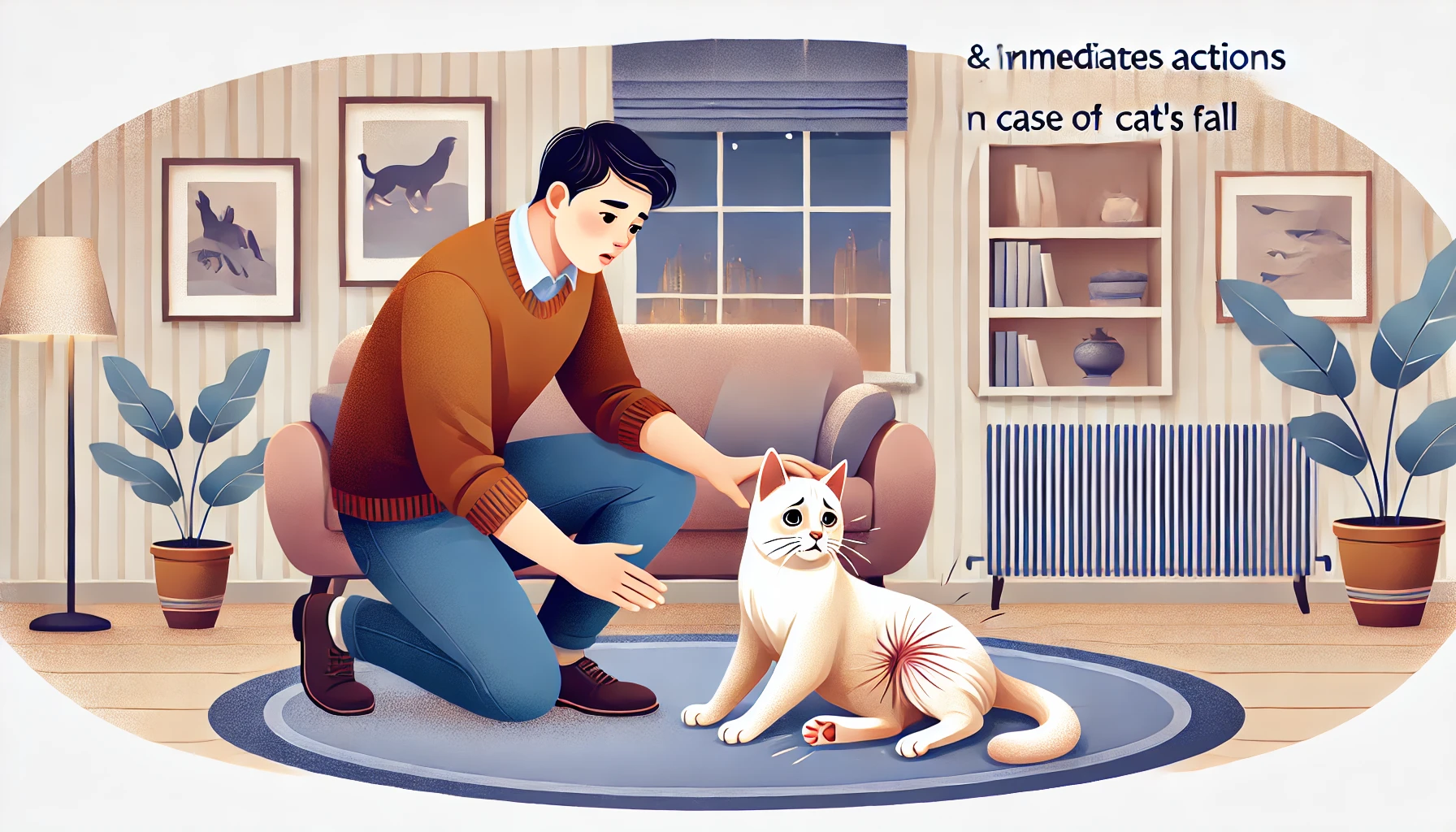
Symptoms and Immediate Actions in Case of a Fall
If your cat has been subjected to a fall, especially from a high level, it is paramount that you recognize the symptoms of High-Rise Syndrome and take immediate action.
Even though cats are resilient animals, falling from heights can cause serious injuries, some of which may go unnoticed.
Being informed of the signs and knowing how to deal with such an incident could save your cat’s life.

Injuries Commonly Suffered from High Falls
When your cat falls from a height, the impact may cause an array of injuries, ranging from minor to life-threatening.
Even if your cat seems to be walking normally after such a fall, internal injuries or fractures may still be present.
Here are some of the most common injuries associated with High-Rise Syndrome:
- Fractured limbs or pelvis
- Head trauma and brain injuries
- Internal bleeding or organ damage
- Lung injuries, including pneumothorax (collapsed lung)
- Fractures of the face or teeth
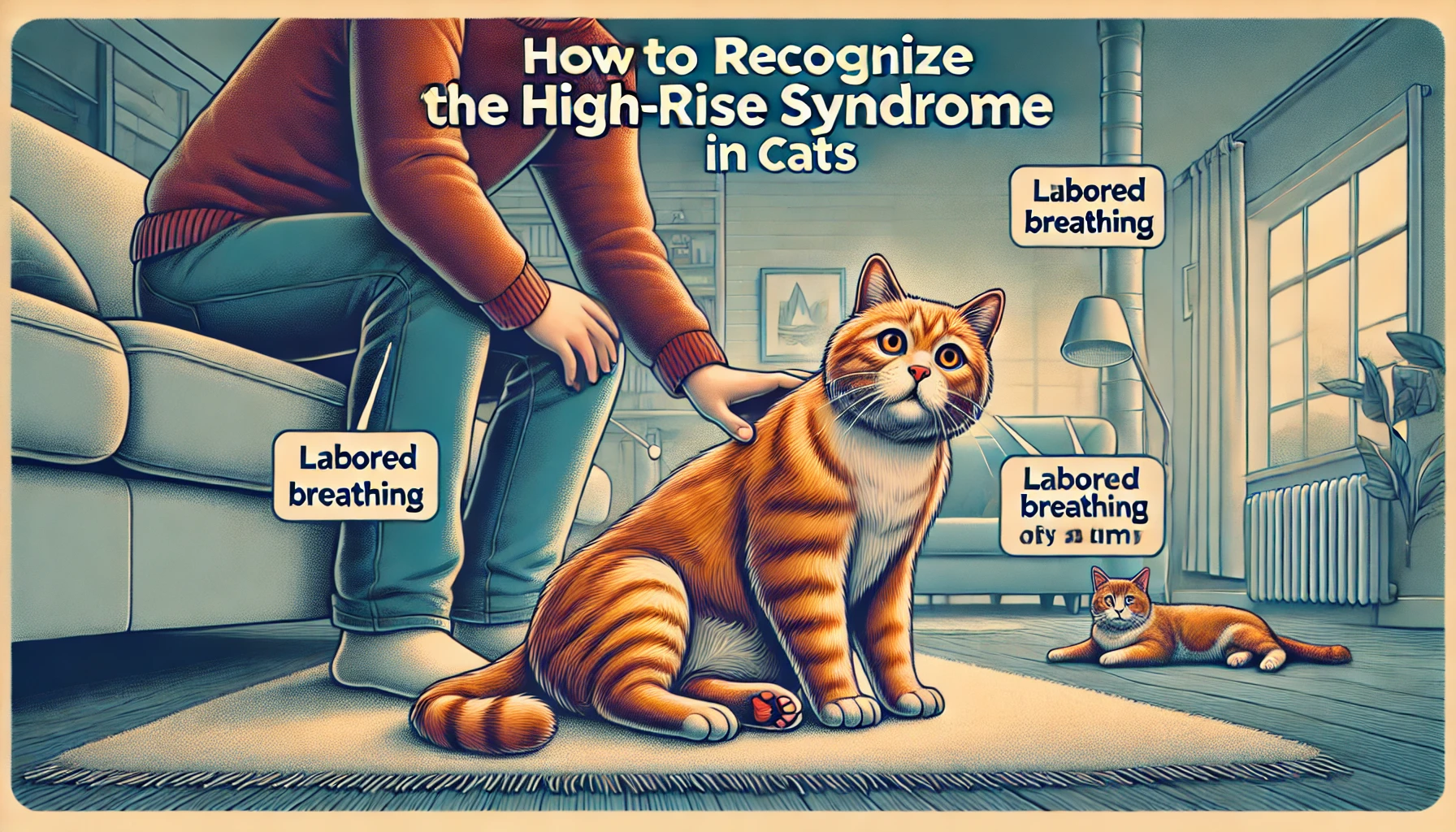
How to Recognize Symptoms of High-Rise Syndrome
It can be difficult to recognize symptoms after a fall since your cat may be hiding or disoriented.
Common symptoms include:
- Labored breathing or panting – evidence of potential lung damage
- Limping or reluctance to move – may indicate fractures
- Bleeding from the mouth, nose, or ears
- Swollen or deformed limbs
- Lethargy or unresponsiveness
- Vomiting or loss of appetite – possible sign of internal injuries
It is important that you closely monitor your cat after a fall.
Your cat may act like nothing is wrong and yet still be seriously injured.
Some injuries may not show their symptoms immediately.
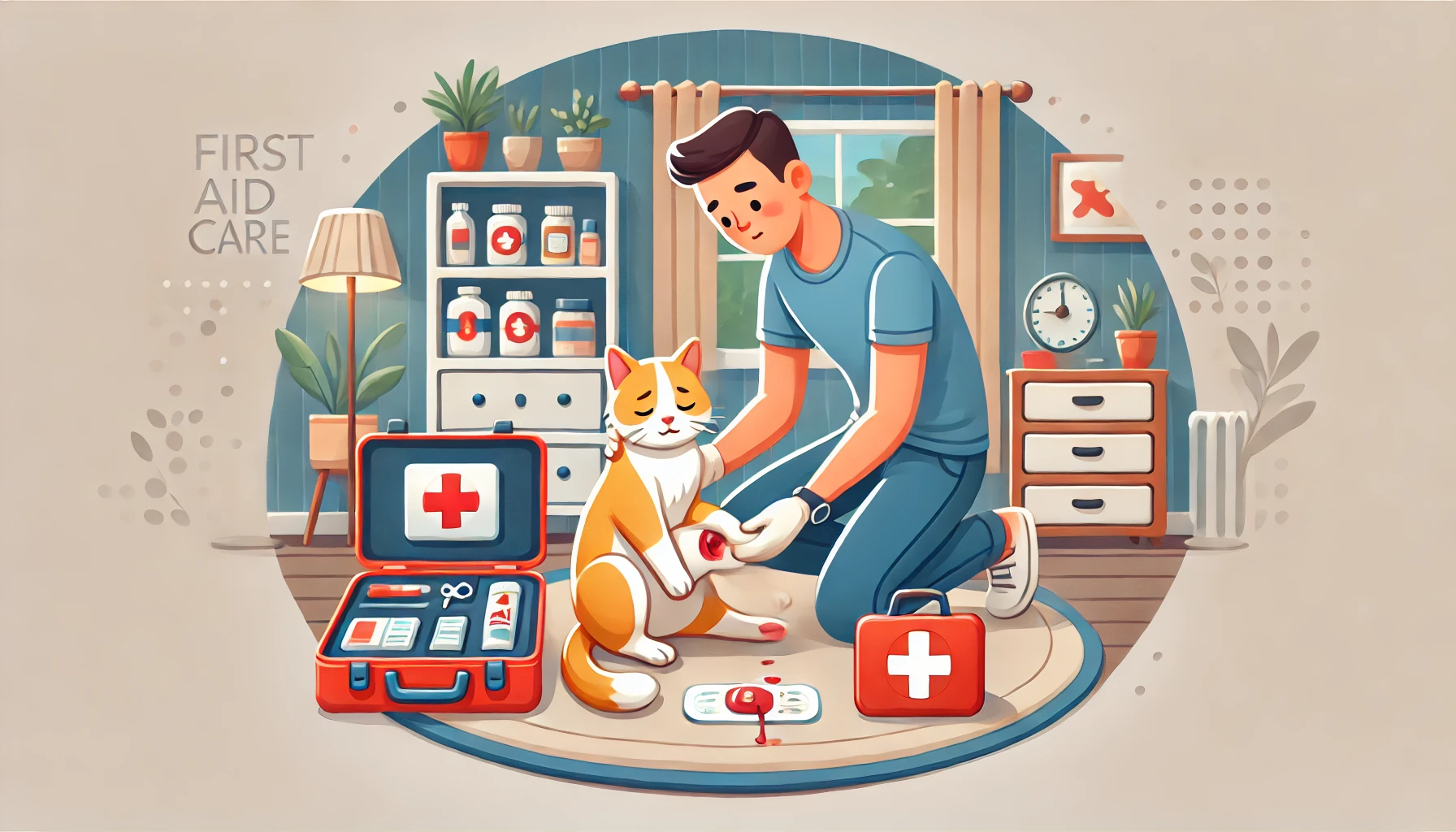
Immediate First-Aid Care
If your cat has fallen from a great height, the first thing to do is remain as calm as possible and ensure the cat is out of danger.
One thing you mustn’t do is move your cat unless absolutely necessary, as this might worsen an injury.
Here’s what to do:
- Assess the situation and ensure the area is safe.
- If your cat is conscious, carefully approach and try to comfort them.
- If your cat is unconscious or having difficulty breathing, take them directly to the vet.
- Apply gentle pressure to any open wounds to stop bleeding.
- Keep your cat warm and as still as possible until you can reach a medical professional.
Even if your cat appears uninjured, it is always a good idea to visit the veterinarian.
Internal injuries are not always visible, and early treatment can help prevent complications.
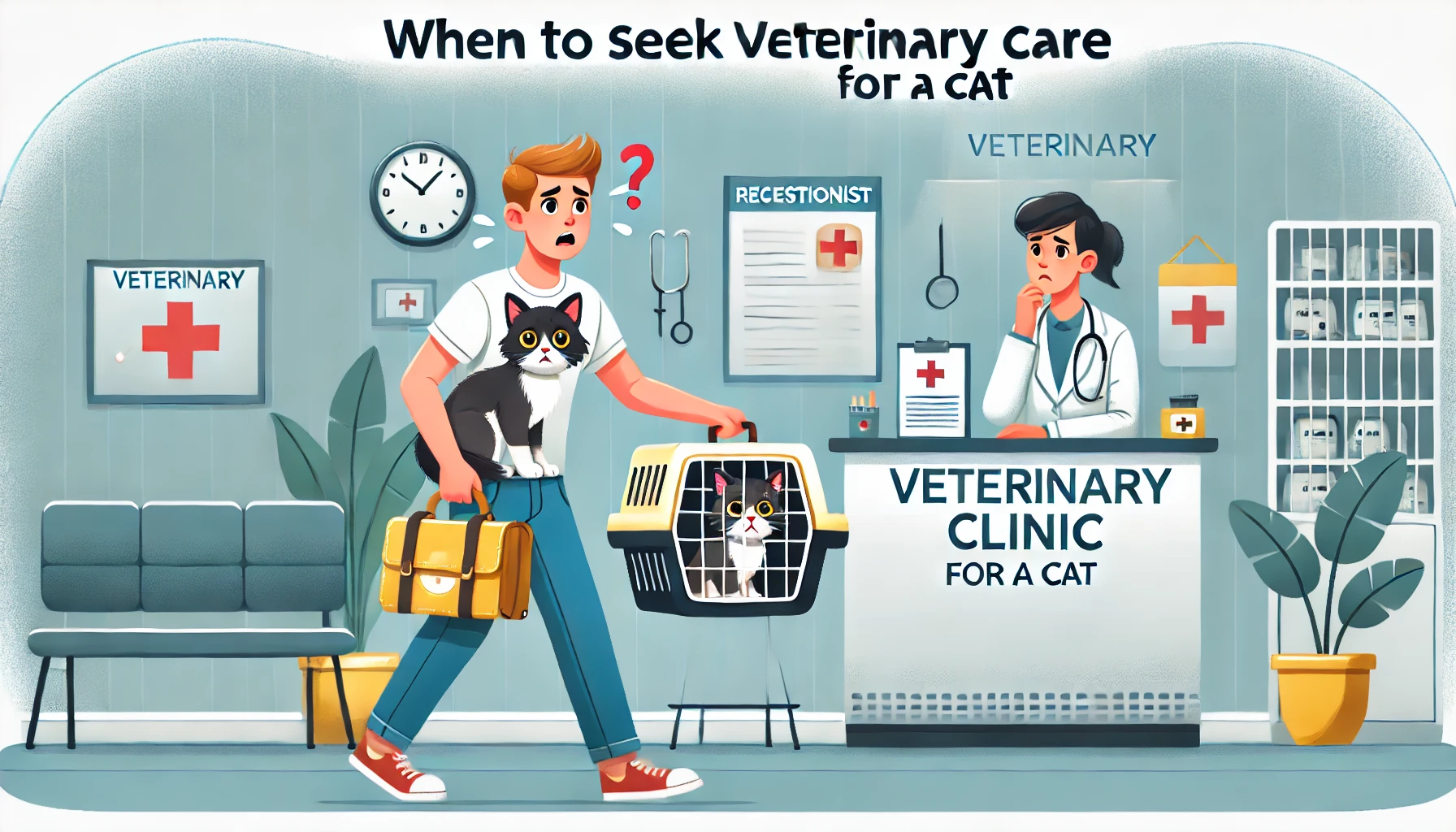
When to Seek Veterinary Care
If your cat has taken a serious fall, it is crucial to get them to a veterinarian as soon as possible.
Delaying medical attention can worsen injuries.
If any of the following signs are present, immediate veterinary care should be sought:
- Labored breathing or continued panting
- Unconsciousness
- Inability to rise or walk
- Bleeding that does not stop
- Any signs of pain, such as yowling or licking one area excessively
Remember, your cat can appear fine after a fall and still have internal injuries.
The safest and most reassuring thing you can do for your cat is to take them to the vet as soon as possible.
Labored breathing, limping, and bleeding are some of the symptoms of High-Rise Syndrome. If your cat falls, it’s crucial to get them to a veterinarian immediately for proper treatment.

Preventing High-Rise Syndrome in Urban Environments
Prevention of High-Rise Syndrome in urban environments entails proactive steps that will help protect your cat from fatal falls.
Although cats are agile and can often land on their feet, the urban environment increases the chances of risks that make your cat prone to injury.
Fortunately, some effective steps can be taken to eliminate most risks of a fall happening with your cat.
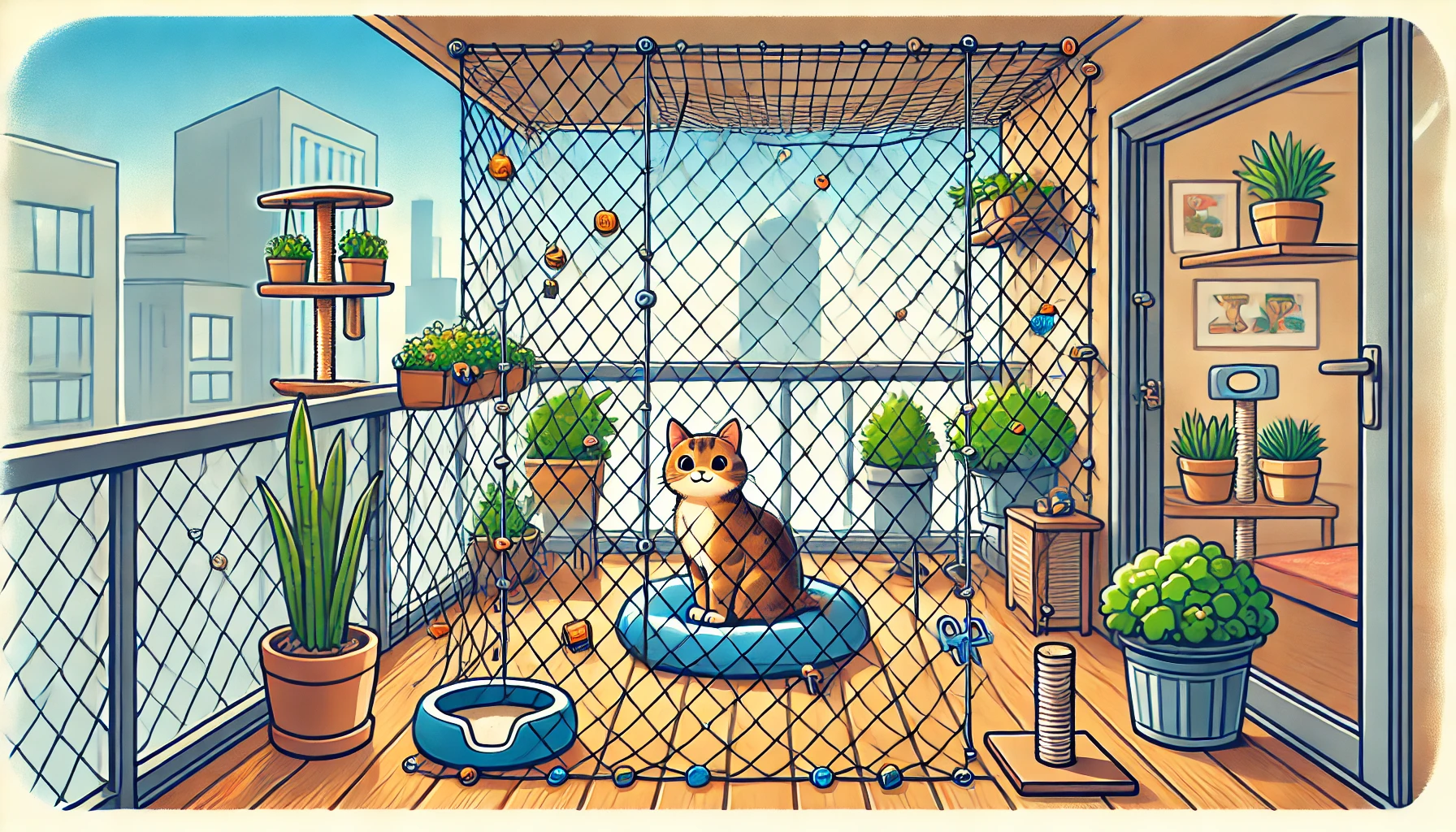
Cat-Proofing Your Apartment or Balcony
The best way to prevent High-Rise Syndrome is to make sure your living space is safe for your cat.
Accidents most often happen when windows or balconies are not properly secured, making it easy for cats to access dangerous heights.
Here are some ways that you can cat-proof an apartment or balcony:
- Install sturdy screens or window guards around windows that your cat could fall from.
- Use protective netting or enclosures on balconies so that your cat can enjoy the outdoors while minimizing risks.
- Keep all windows and doors closed or appropriately screened at all times when you are not directly supervising your cat.
- Position furniture away from windows or balcony ledges to prevent cats from jumping or climbing onto risky surfaces.
By following these steps, you will minimize the chance of your cat suffering an injury due to a fall.
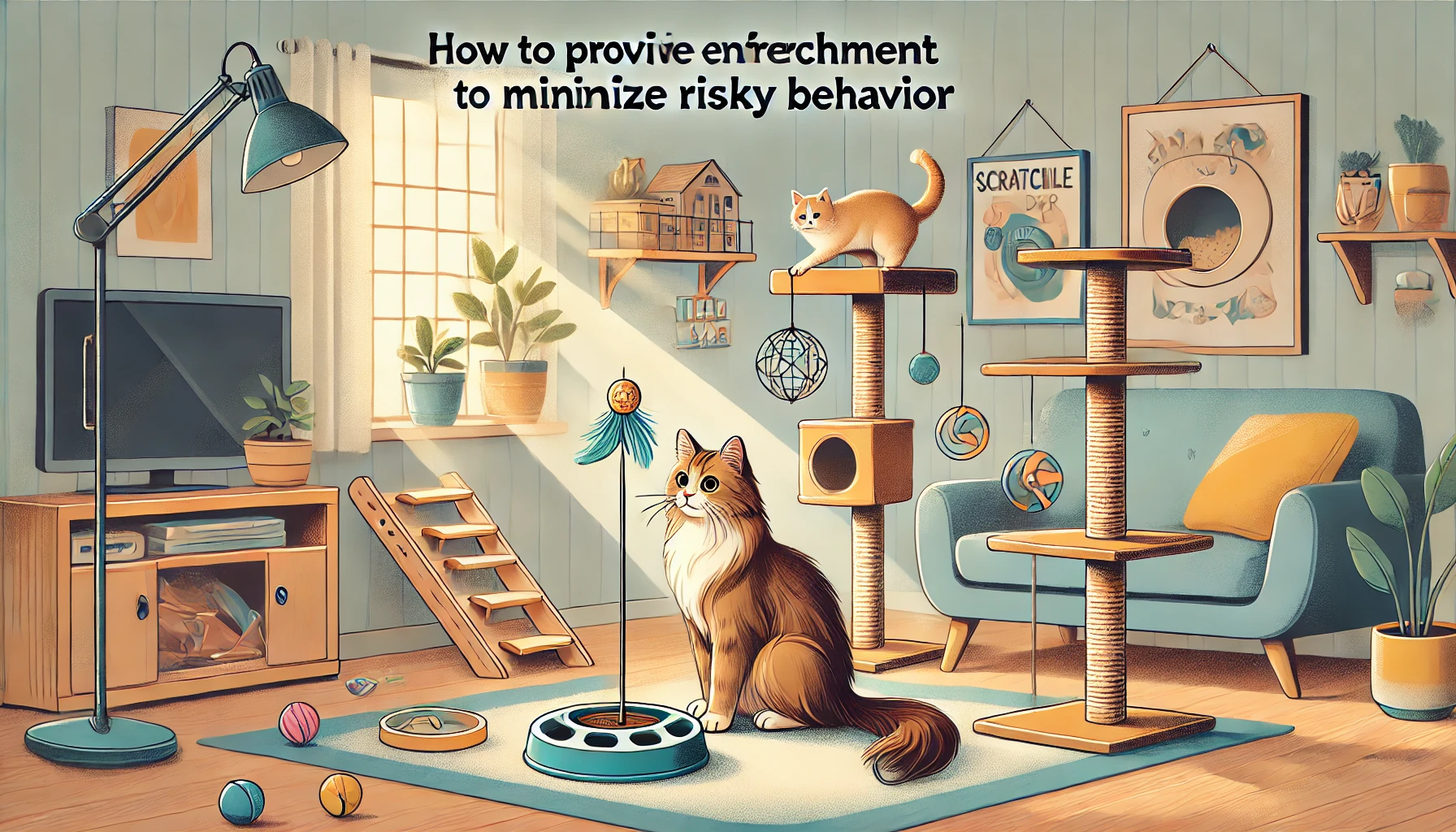
Providing Enrichment to Minimize Risky Behavior
Cats are very curious creatures by nature, and without adequate stimulation indoors, they may seek out dangerous locations to satisfy their curiosity.
Environmental enrichment can be a key factor in keeping your cat content and mentally focused, thus preventing them from engaging in risky behavior.
You may wish to try the following enrichment ideas:
- Provide cat trees or climbing shelves that allow your cat to climb safely indoors.
- Engage their natural hunting instincts with interactive toys, puzzle feeders, and scratching posts.
- Rotate your cat’s toys frequently to keep them interesting and prevent boredom.
- Provide window perches or other safe areas where your cat can observe birds or the outdoors without risking their safety.
Keeping your cat mentally and physically active can curb their urge to explore high places and dangerous ledges.
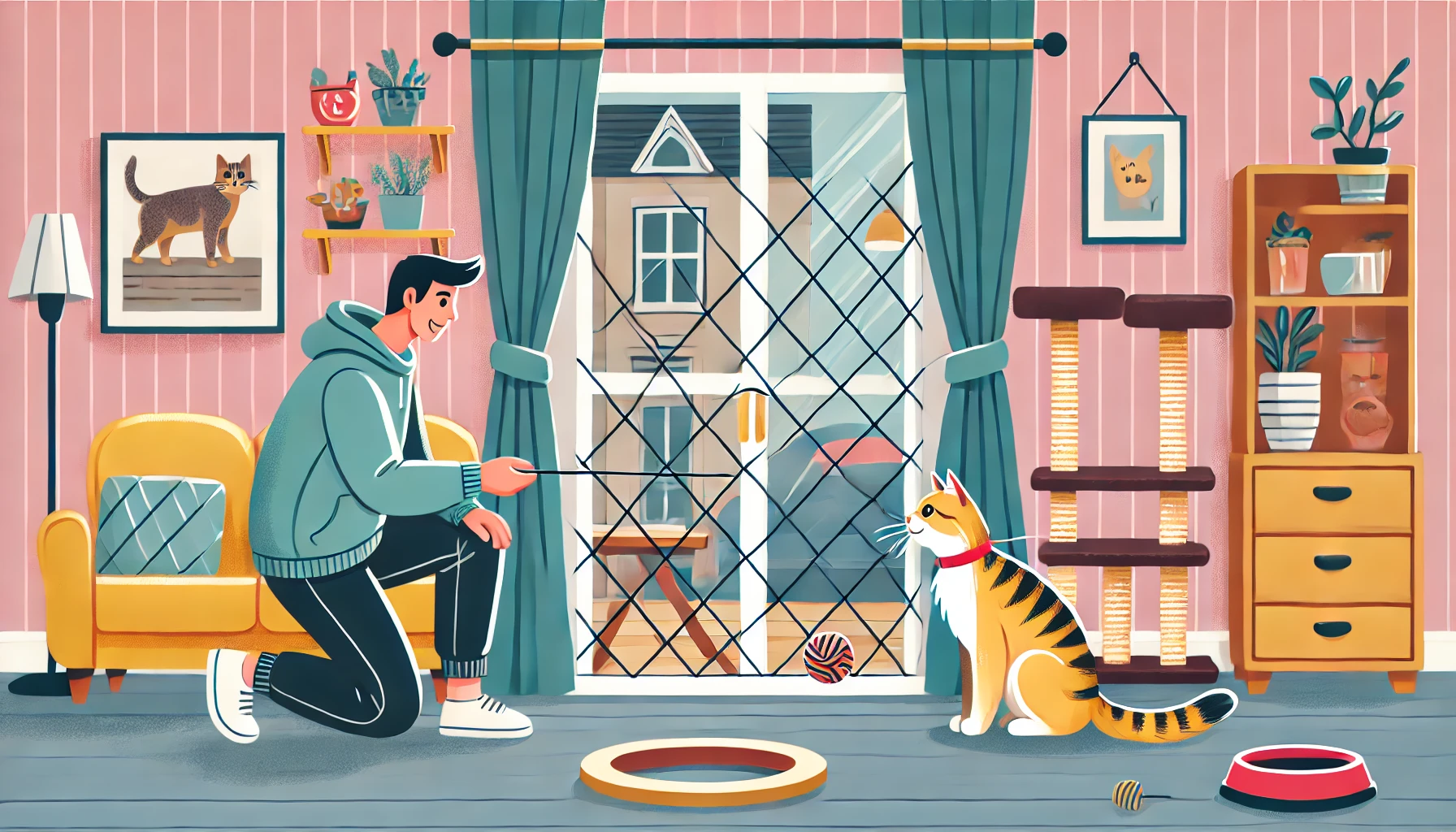
Training Cats to Avoid Dangerous Areas
Training may be challenging, but it’s worth trying.
By constantly rerouting your cat from open windows, balconies, or any dangerous location, you should be able to minimize the chances of falls.
Here are some training tips:
- Use positive reinforcement through treats or praise when your cat avoids dangerous areas.
- Discourage your cat from approaching dangerous ledges by using deterrents, such as double-sided tape or citrus-scented sprays.
- Whenever your cat is around windows or balconies, gently redirect them when they attempt to head toward open spaces.
Behavioral reinforcement through consistent training over time reduces the risk of accidents related to your cat engaging in unsafe behaviors.
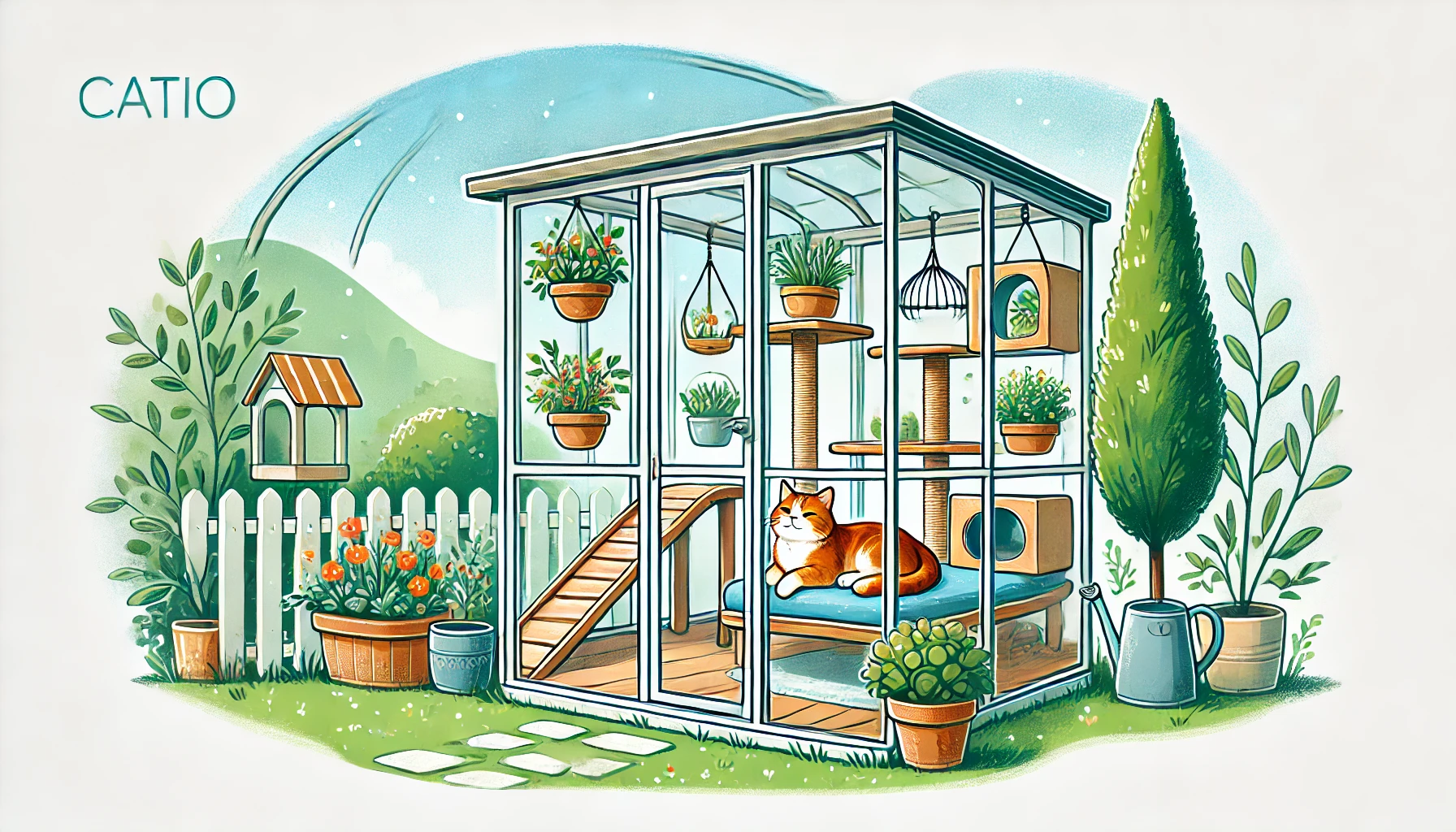
Creating Safe Outdoor Spaces for Your Cat
If your cat enjoys being outdoors, creating a safe space for them to lounge is crucial to preventing High-Rise Syndrome.
Catios, or enclosed outdoor cat patios, serve as a great way to give your cat access to fresh air without the risk of falling.
Consider the following when designing a safe outdoor space for your cat:
- Build or purchase a secure catio that can be attached to your window or balcony.
- Ensure it is escape-proof and high enough to prevent jumping.
- Provide your cat with multilevel ramps and perches within their catio to keep them entertained.
- Supervise your cat whenever they are in the outdoor space to ensure their safety.
A safe alternative to open windows or balconies offers your cat the outdoor experience they crave while keeping them out of harm’s way.
To prevent High-Rise Syndrome, cat-proof your home by securing windows and balconies with protective netting, and providing safe indoor climbing options for your cat.
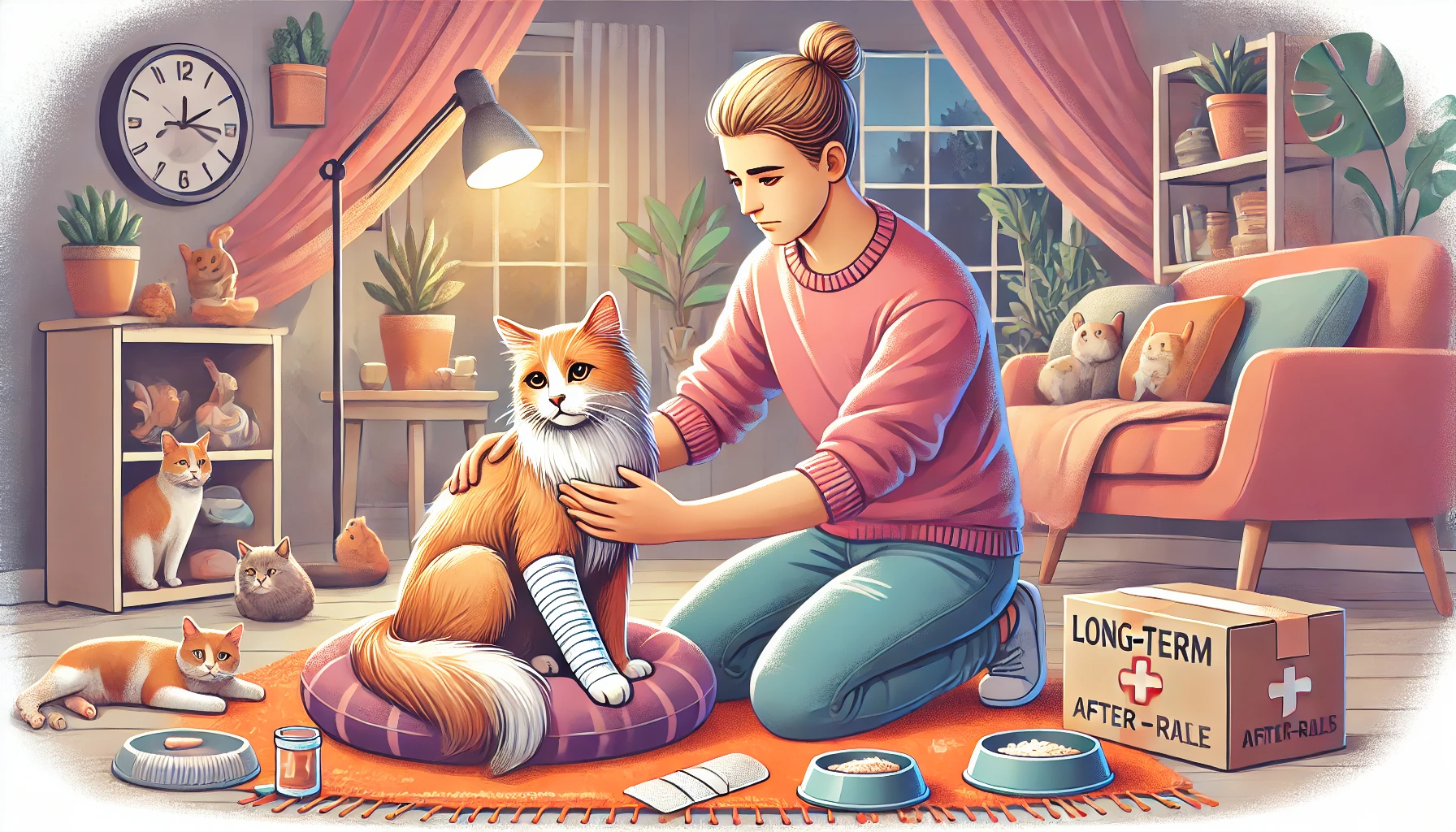
Long-Term Care of Cats After High-Rise Falls
Even after survival, recovery may be long, and long-term health care is necessary if your cat is to regain its health.
High-Rise Syndrome may cause permanent physical and emotional injuries; thus, rehabilitation and observation are imperative parts of recovery in cats.
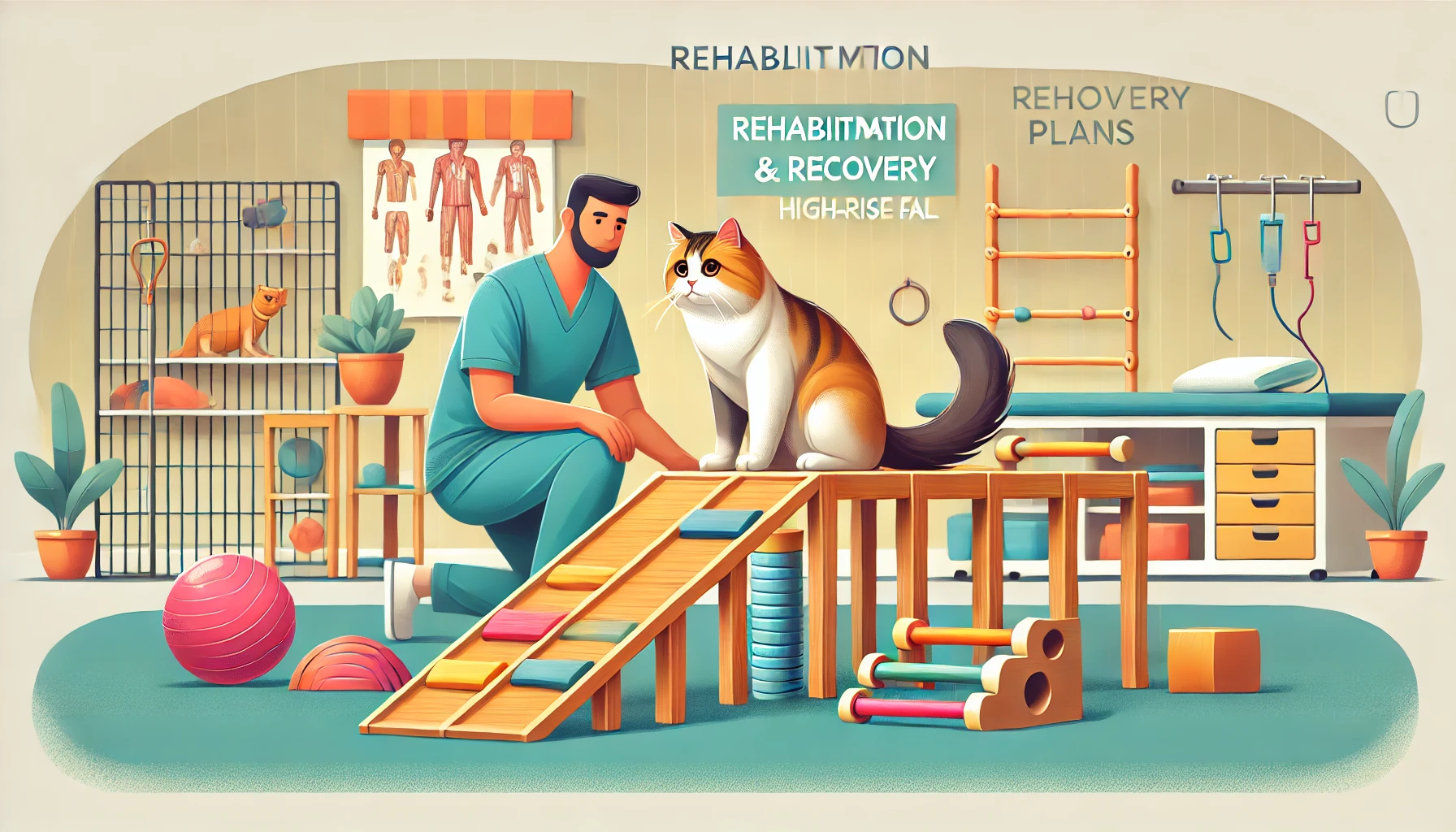
Rehabilitation and Recovery Plans
Depending on the severity of the trauma, post-fall rehabilitation might be specialized for your cat.
Such recovery plans may be prescribed and include physical therapy, pain management, and mobility aids, especially in cases involving fractures or neurological damage.
Some options for rehabilitation include:
- Physical therapy exercises to help your cat regain strength and mobility.
- Pain management, which can include medications or alternative therapies, such as acupuncture.
- Slings or carts for cats recovering from spinal injuries or limited mobility.
- Regular follow-up visits with your veterinarian to monitor progress and adjust the recovery plan as needed.
Working closely with your veterinarian to develop a customized recovery plan will go a long way in ensuring that your cat’s life returns to normal after the fall.
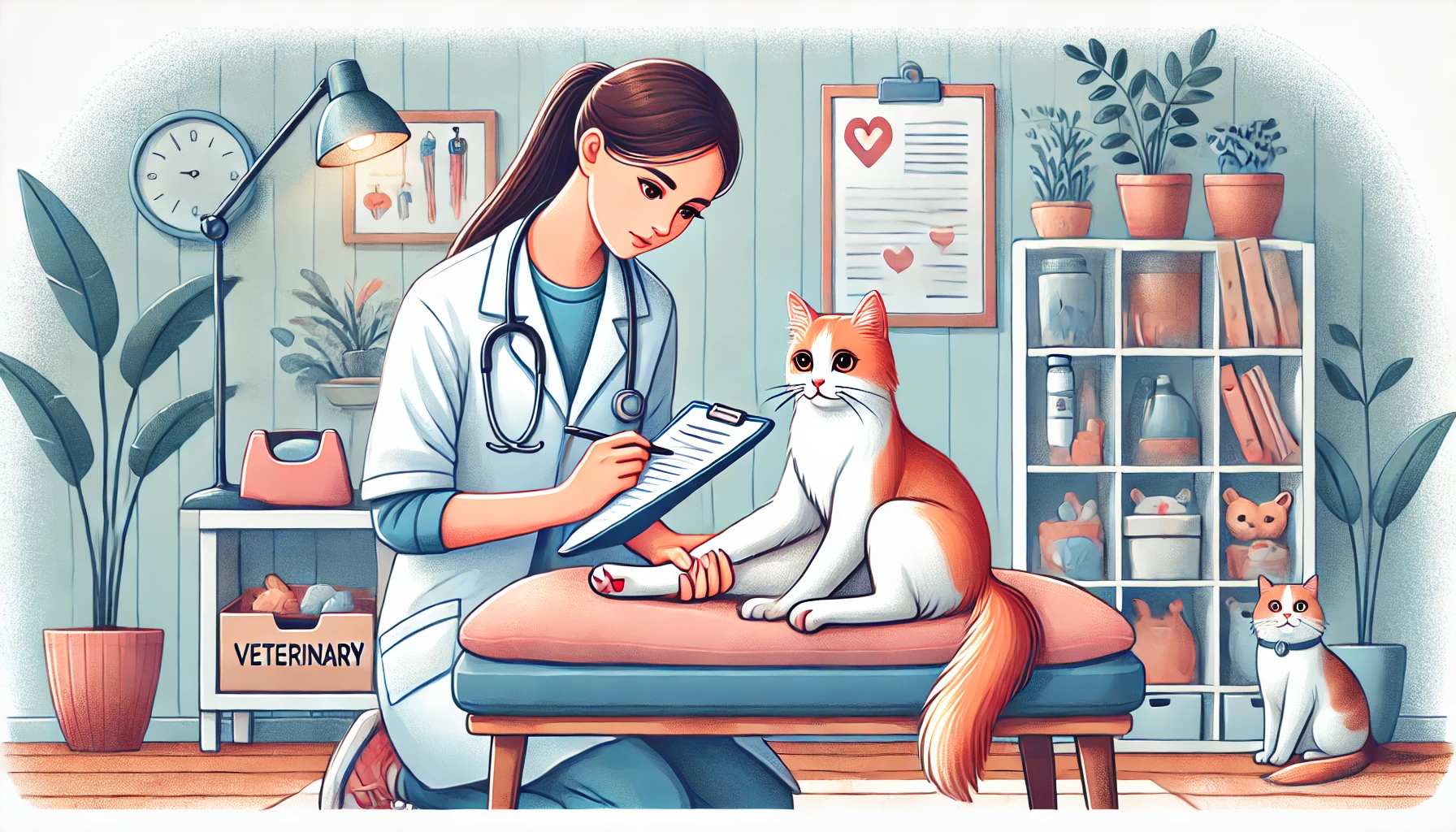
How to Monitor Your Cat’s Health After a Fall
Once your cat comes home, ongoing health monitoring is important.
Some injuries take time to surface, especially if they are internal.
Here are some signs that could indicate complications:
- Changes in eating or drinking habits
- Limping or avoiding movement
- Labored breathing or panting
- Excessive grooming of one area, indicating pain
- Lethargy or unusual behavior
Regular check-ups with your veterinarian will help ensure that your cat is on the right path to recovery.
Cats can sometimes hide discomfort or pain, so staying vigilant is key.
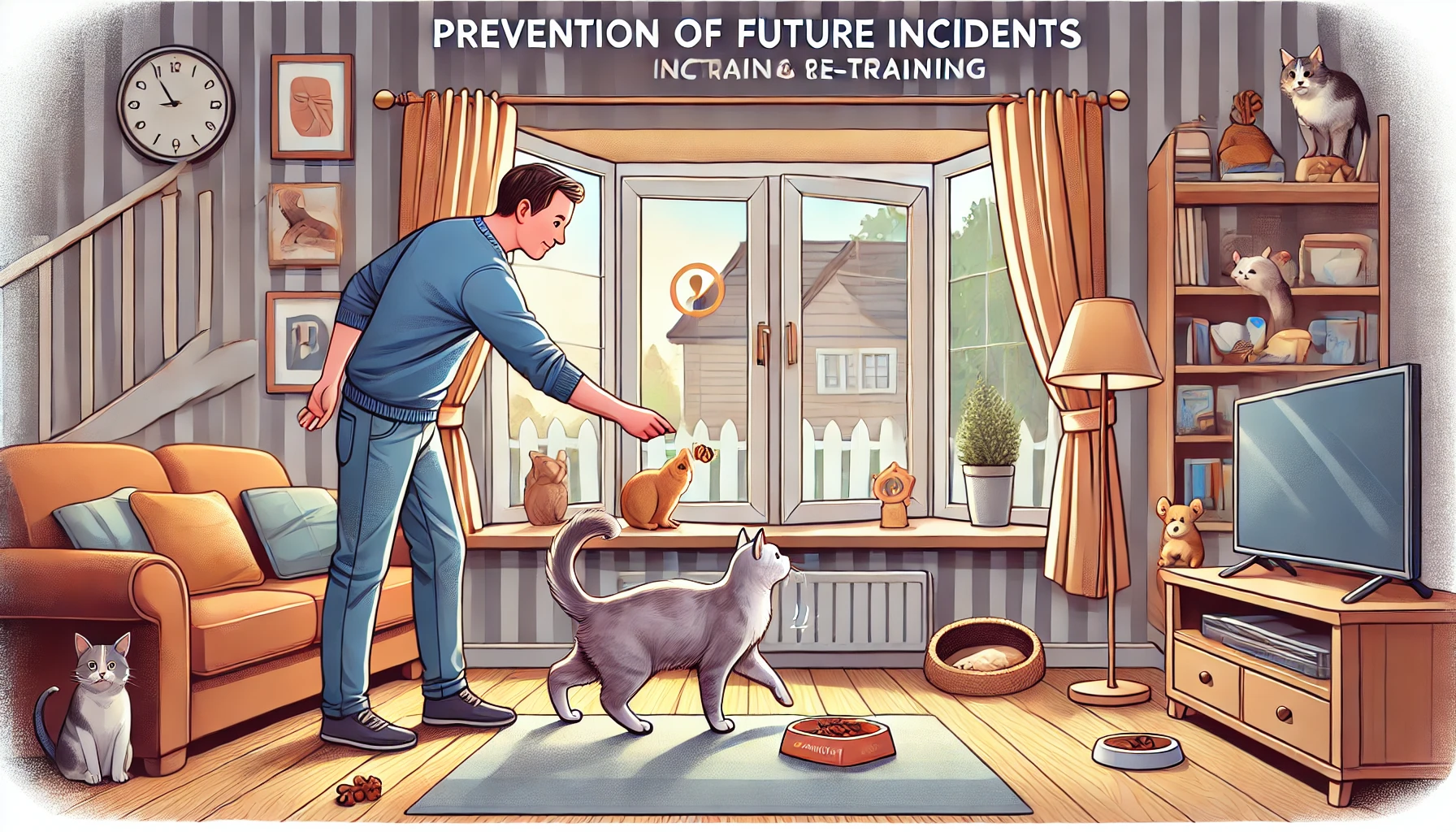
Preventing Future Incidents and Re-Training
After your cat has recovered from a fall, it is natural to worry about future incidents.
The best way to prevent another fall and ensure your cat’s safety is to retrain and reinforce safer behaviors.
These steps include:
- Encouraging the use of safe climbing areas, such as cat trees and shelves.
- Limiting access to windows and balconies when your cat is unsupervised.
- Continuing positive reinforcement to keep your cat away from dangerous areas.
- Providing plenty of indoor enrichment to satisfy your cat’s curiosity and need to explore.
Proactively cat-proofing your home and reinforcing safe behaviors will minimize the chances of a re-occurrence of High-Rise Syndrome.
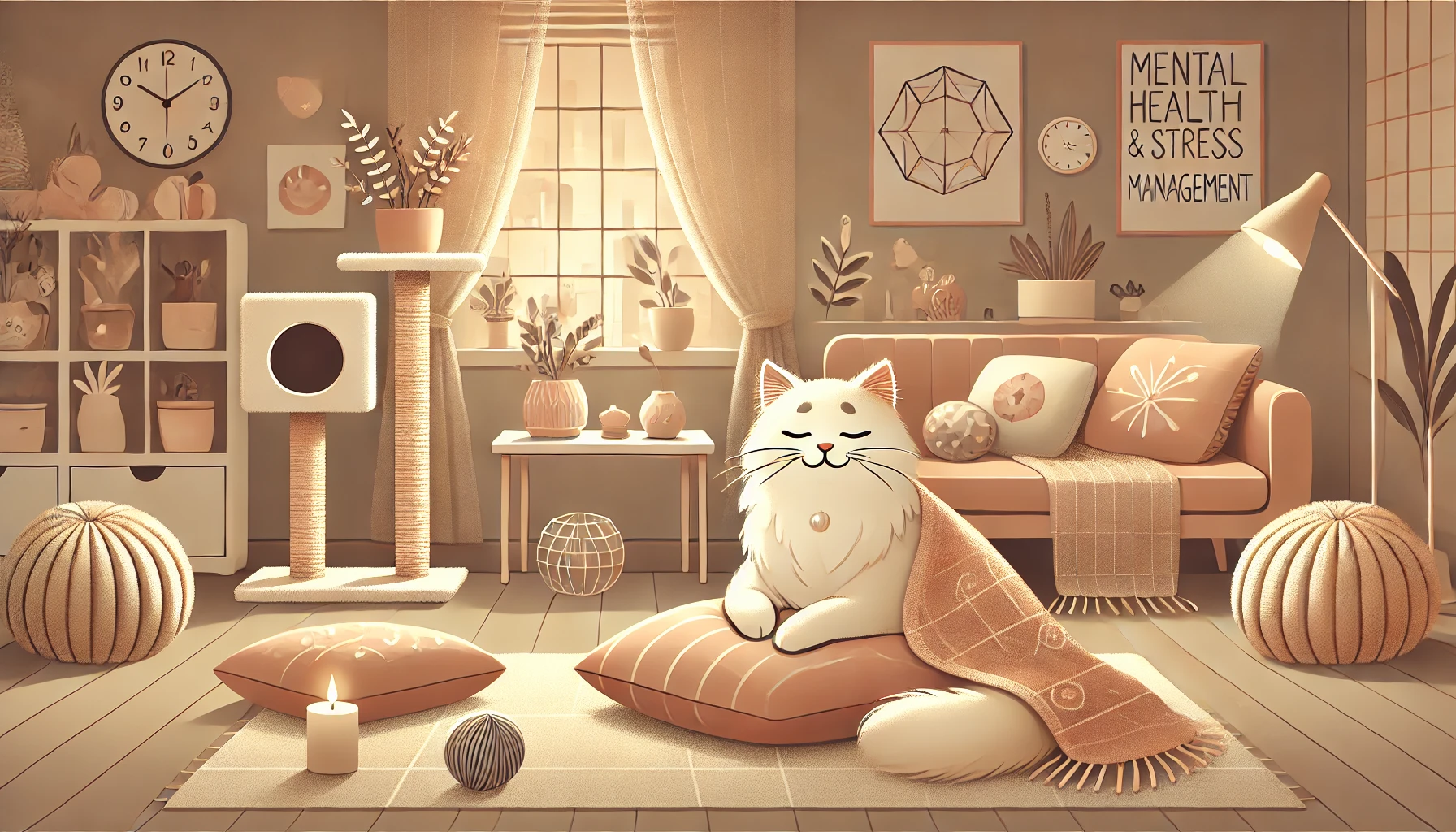
Mental Health and Stress Management for Cats
Traumatic events, such as high falls, can lead to stress or anxiety in cats.
Addressing their psychological well-being during recovery is essential to prevent long-term behavioral problems.
You can support your cat’s mental health by:
- Providing a quiet and safe place for them to rest and recover without disturbance.
- Using calming products, such as pheromone diffusers or calming supplements, to reduce anxiety.
- Gradually reintroducing them to their environment to avoid overwhelming them.
- Offering plenty of affection and attention but also giving them space when needed.
Monitoring both the physical and emotional health of your cat after a fall is crucial for a full recovery.
With the right care and attention, your cat can return to being a healthy and happy feline once again.
Rehabilitation for cats that survive a high-rise fall may include physical therapy, pain management, and close veterinary monitoring to ensure a full recovery.
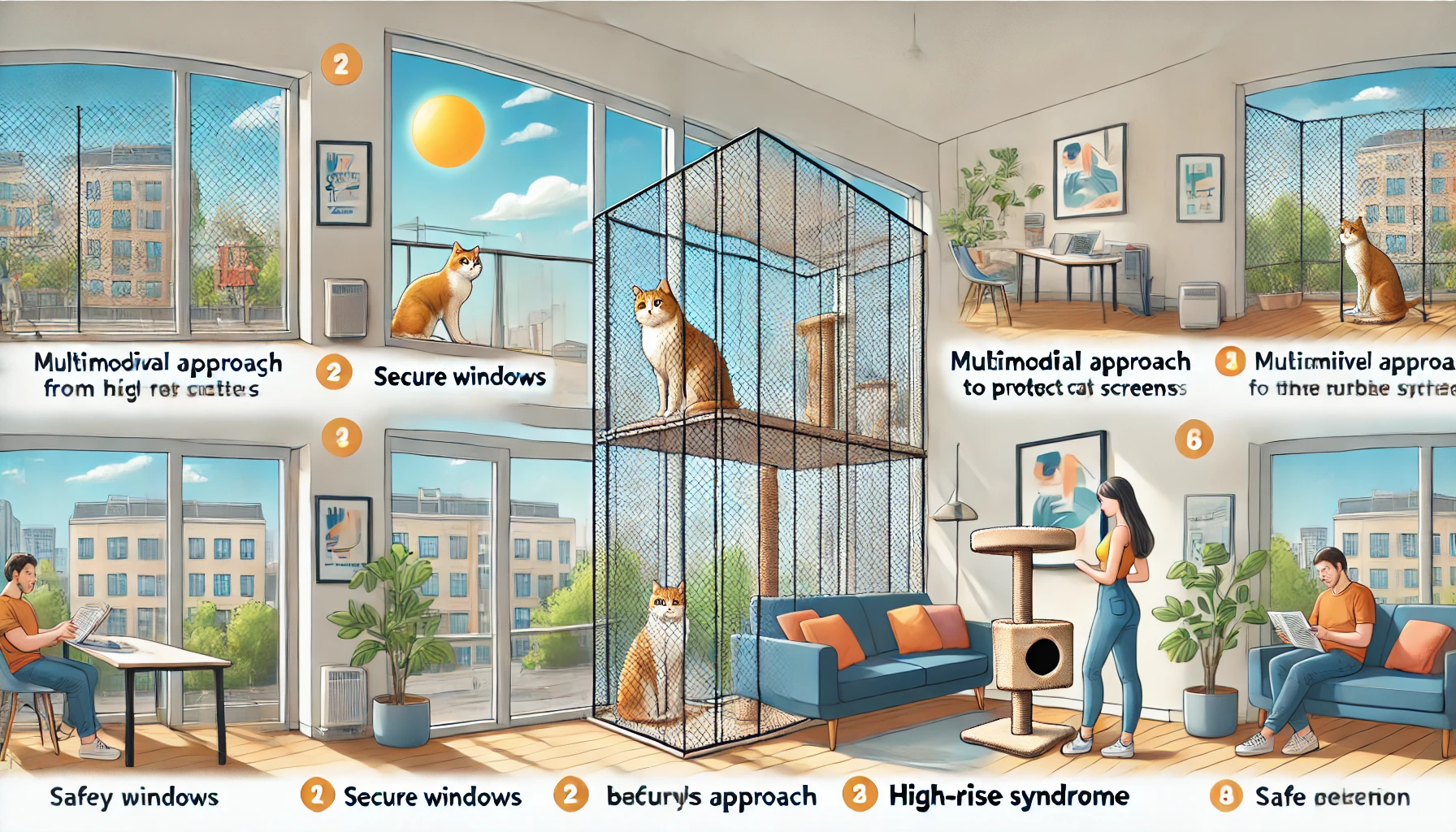
How to Protect Your Cat from High-Rise Syndrome: A Multimodal Approach
City life can be challenging when it comes to living with cats, and one of the most critical risks they face is High-Rise Syndrome.
Being fully aware of this danger allows you to take the necessary steps to prevent falls that could lead to serious injuries for your cat.
By focusing on prevention and early intervention, you can ensure your cat receives the long-term care they need after a fall.
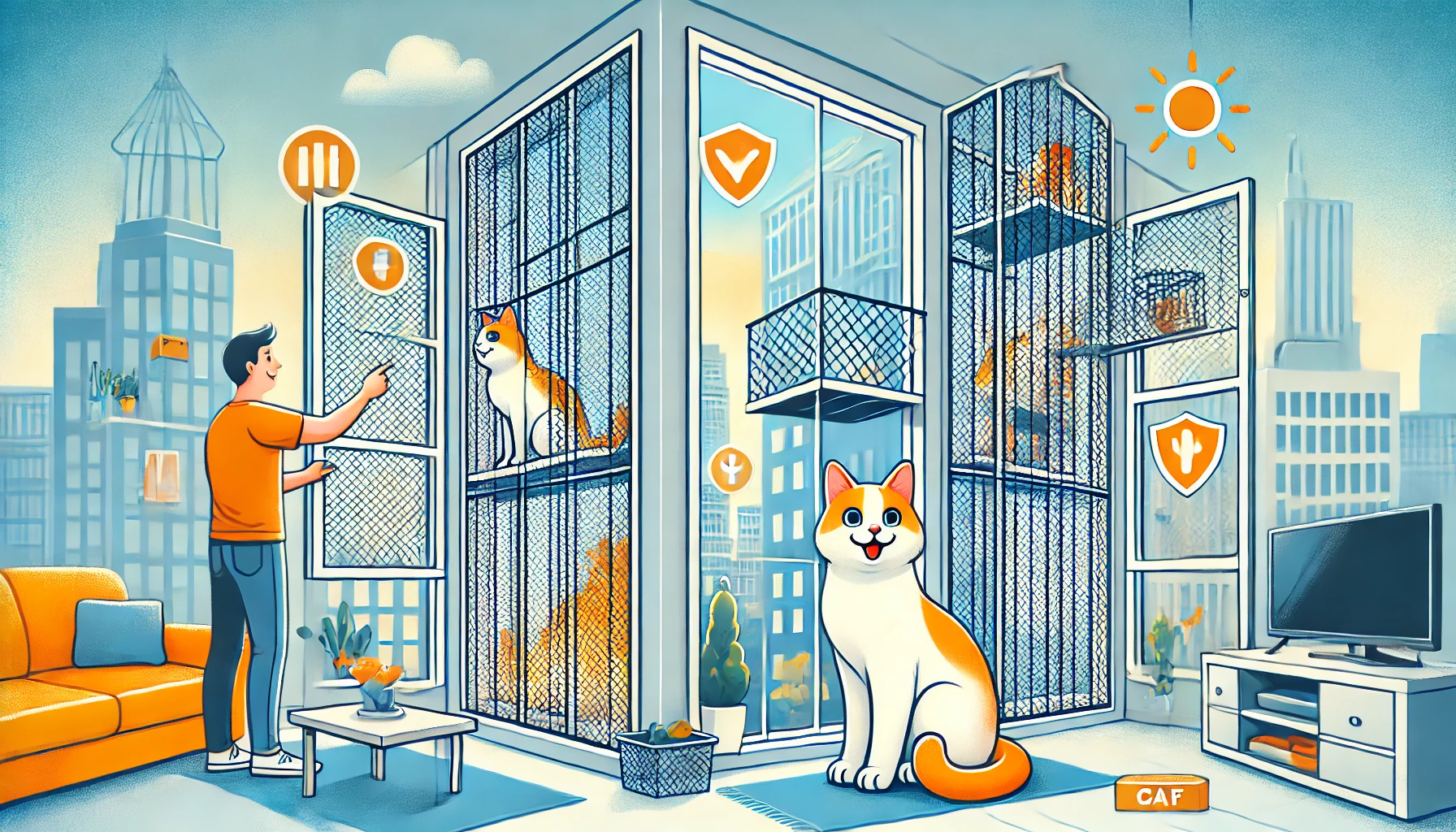
Prevention of High-Rise Syndrome
The best way to protect your cat from High-Rise Syndrome is to prevent it from happening in the first place.
Securing your home by cat-proofing windows and balconies, providing mental and physical enrichment, and training your cat to avoid hazardous areas are key strategies.
These steps will greatly reduce the likelihood of a fall.
Remember to:
- Install secure screens and window guards.
- Use protective netting or enclosures on balconies.
- Provide plenty of safe climbing opportunities indoors, such as cat trees and shelves.
- Engage your cat with a variety of toys and interactive play to minimize hazardous behavior.
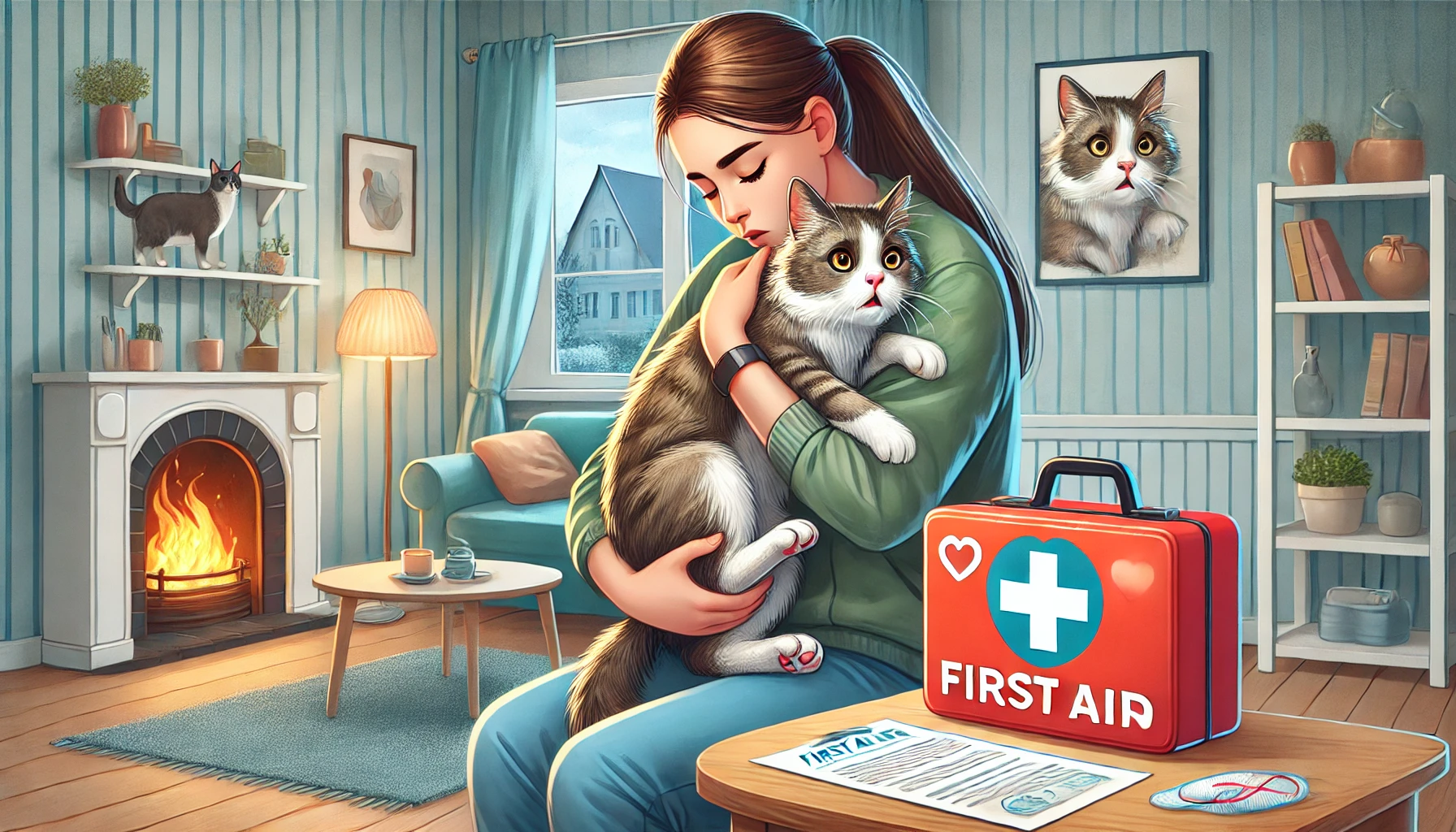
Course of Action Immediately Following a Fall
Even with all the precautions, accidents can still happen.
Recognizing the symptoms of High-Rise Syndrome and acting quickly is crucial.
After a fall, monitor your cat closely for any signs of injury, such as labored breathing, lameness, or abnormal behavior.
Seek veterinary attention immediately, as hidden injuries, such as internal trauma or fractured bones, may need urgent treatment.
First-aid measures, such as stopping bleeding or keeping your cat calm, can be highly effective until you get to the veterinarian.
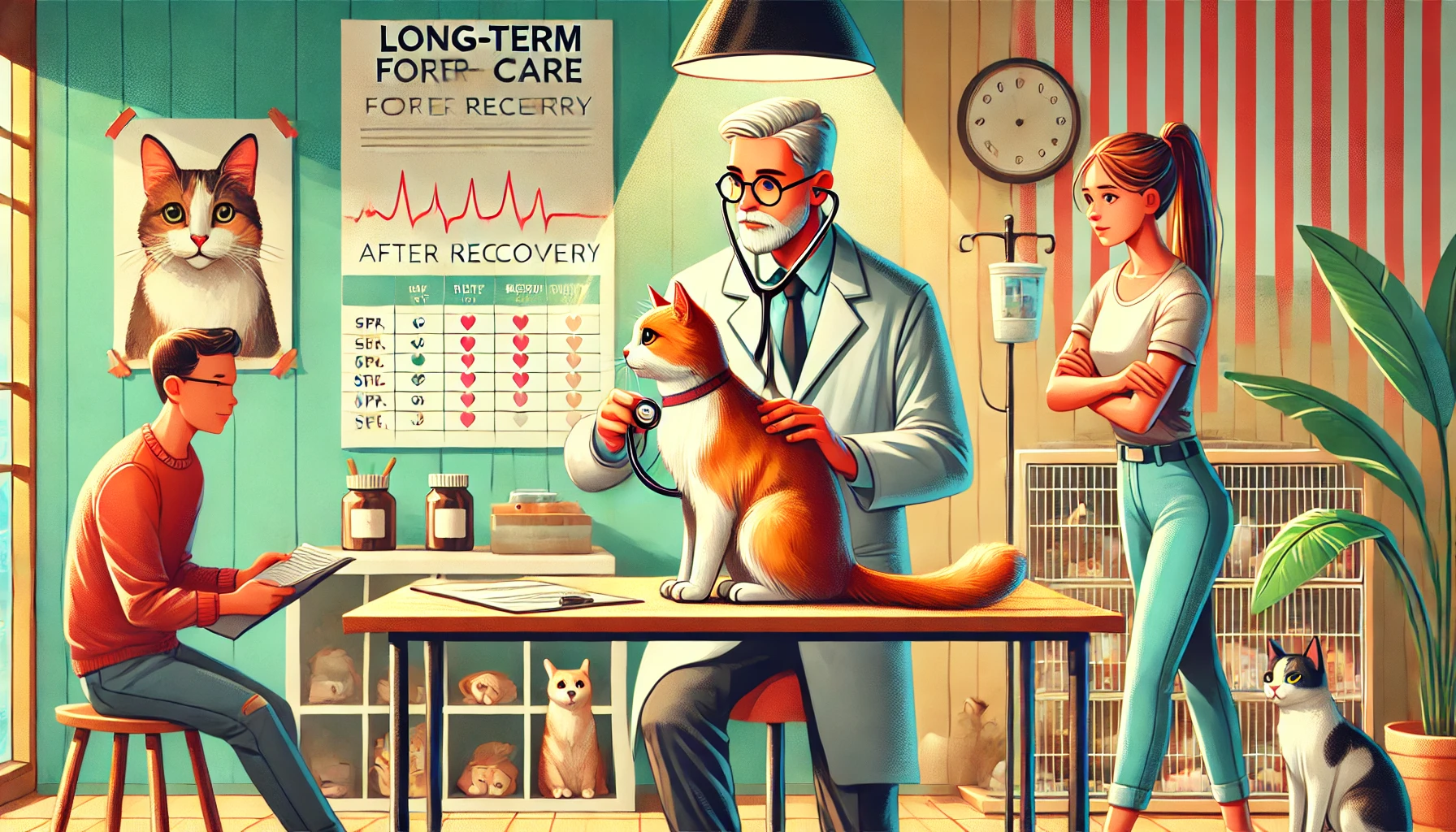
Long-Term Follow-Up and Care
After your cat has fallen, rehabilitation requires long-term care.
A tailored rehabilitation plan, regular check-ups, and constant observation are indispensable parts of their recovery, both physically and emotionally.
Follow-up visits with your veterinarian will help adjust the treatment plan as needed.
Monitoring your cat’s behavior and health will also prevent future falls and accidents.
Ensuring your home remains cat-proofed and continuing positive reinforcement training will significantly reduce the risks.
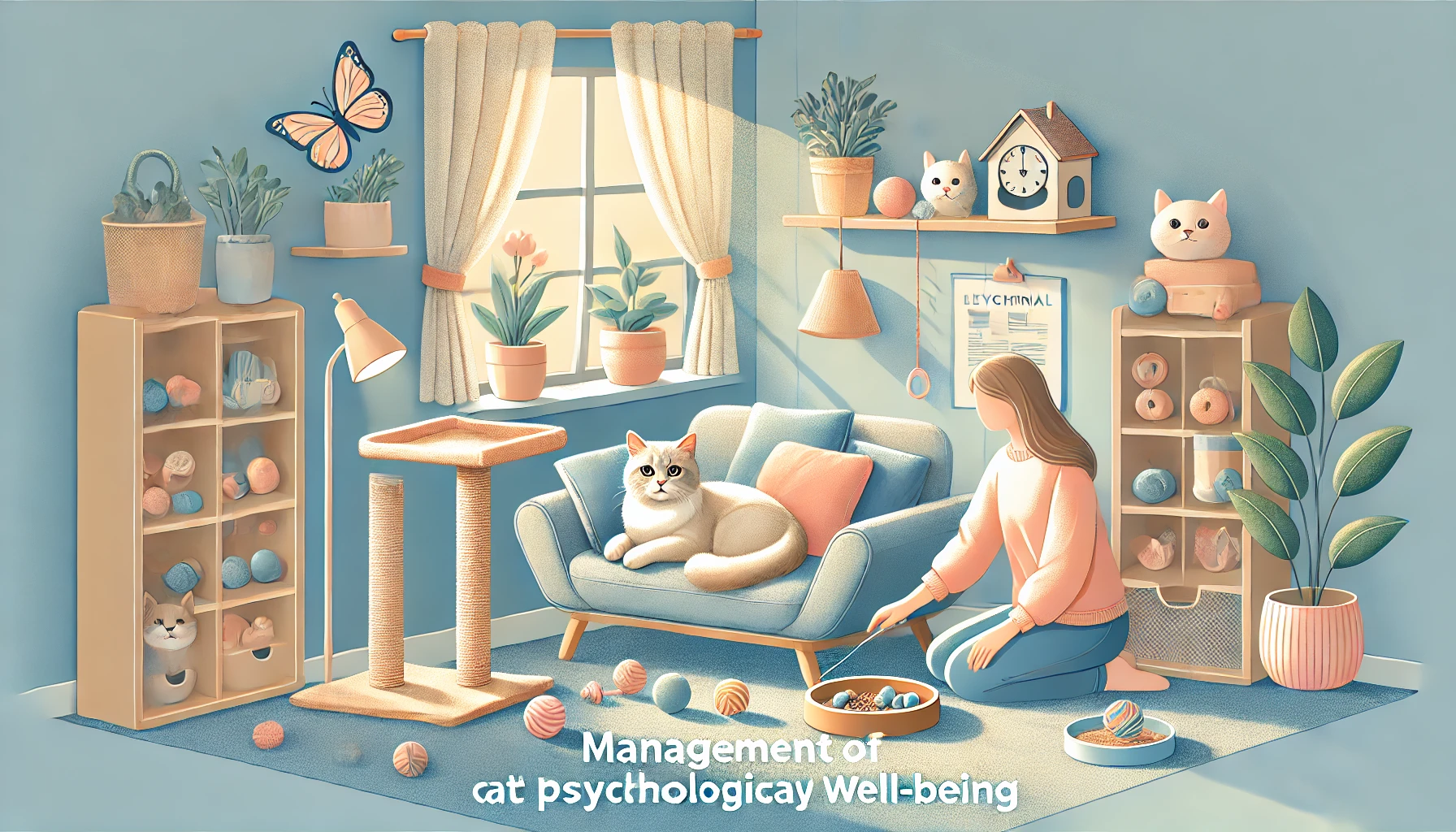
Managing Your Cat’s Psychological Well-Being
Apart from physical injury, a fall can also cause psychological trauma in cats.
Addressing this requires providing a quiet, secure recovery area, gradually reintroducing them to their environment, and using calming measures such as pheromone diffusers.
The emotional recovery of your cat from the experience is just as important as their physical rehabilitation.
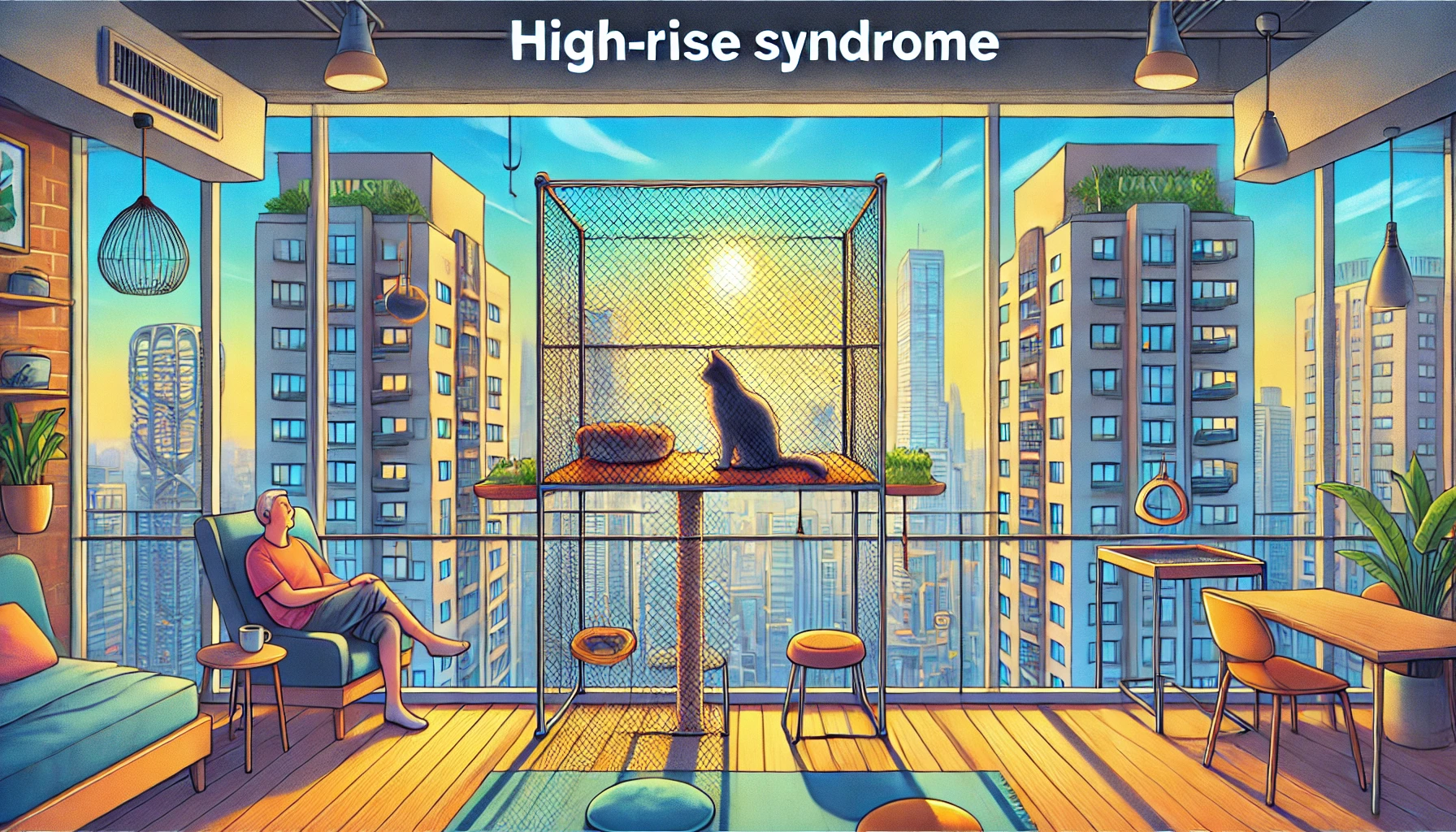
Conclusion on High-Rise Syndrome
Ultimately, protecting your cat from High-Rise Syndrome is about understanding the risks and taking preventive measures.
If an accident occurs, acting immediately is essential.
With the proper precautions and care, you can keep your cat safe in the urban environment.
Remember, prevention is always the best medicine, and with careful attention, you can help your cat lead a healthy and exciting life without the danger of falls.
Prevention and early intervention are key to avoiding the dangers of High-Rise Syndrome. Ensuring your cat has a safe environment can drastically reduce the risk of falls.
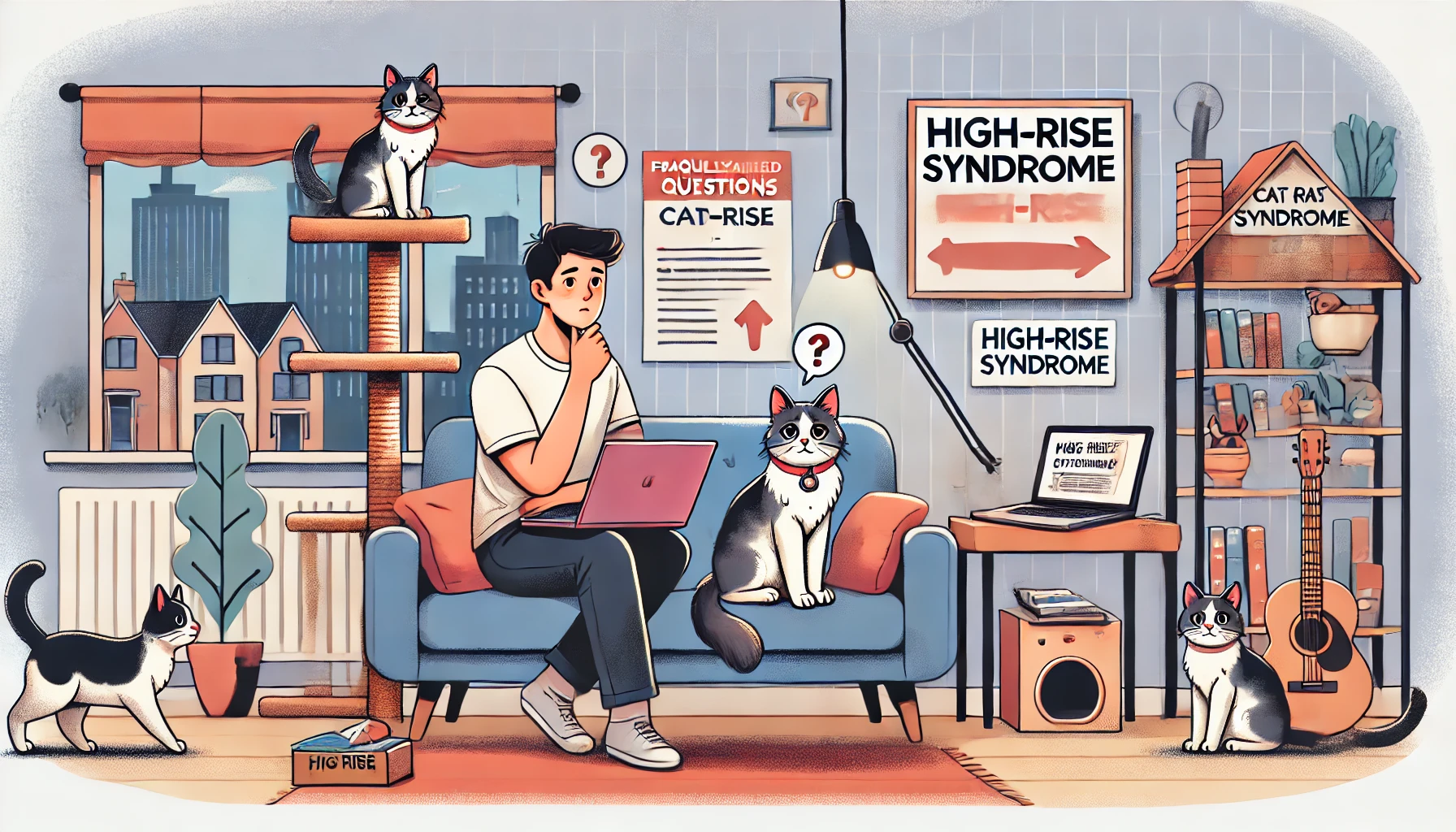
Most Frequently Asked Questions of Cat Owners Regarding High-Rise Syndrome
Below are some of the most common questions asked by cat owners about High-Rise Syndrome and how to keep their feline friends safe in urban environments.
What is High-Rise Syndrome in Cats?
High-Rise Syndrome refers to any type of injury when a cat falls from heights, most commonly two stories or above.
These injuries can range from bone fractures to internal organ damage, all requiring immediate veterinary attention.
How can I avoid High-Rise Syndrome in my cat?
Prevent High-Rise Syndrome by keeping windows screened, using balcony netting, and providing safe indoor climbing spaces for your cat.
Always supervise them when they are near high-risk areas to avoid dangerous falls.
What are the signs of High-Rise Syndrome?
Symptoms include difficulty breathing, limping, visible trauma such as bleeding, and behavioral changes.
Since internal injuries may not be immediately obvious, it’s crucial to seek veterinary attention after a fall.
Should I leave my cat alone on a balcony?
Leaving your cat alone on a balcony is risky and can lead to High-Rise Syndrome.
Always secure balconies with netting or protective enclosures to prevent falls, and supervise your cat to ensure their safety.
How long will it take for a cat to recover from falling?
Recovery time depends on the severity of the injuries.
Cats with minor injuries may recover in weeks, while those with fractures or internal damage may need months of rehabilitation and monitoring.
What should I do immediately after my cat falls?
If your cat falls, check them for injuries, keep them calm, and contact your veterinarian immediately.
Do not move your cat unless necessary, as this could worsen the injury.
First-aid may help until medical care is available.
Can High-Rise Syndrome cause long-term effects?
Yes, High-Rise Syndrome can cause long-term physical and emotional effects, such as mobility issues, anxiety, and behavioral changes.
Proper rehabilitation and care are necessary for full recovery.
Are some cats at higher risk for High-Rise Syndrome?
Cats in urban areas, especially those living in high-rise apartments, are more prone to High-Rise Syndrome.
Curious or adventurous cats may also be at higher risk of experiencing falls.
What treatments are possible for High-Rise Syndrome?
Treatments for High-Rise Syndrome include physical therapy, pain management, and surgery, depending on the severity of the injuries.
Follow-up care and rehabilitation are essential for a complete recovery.

